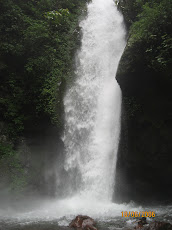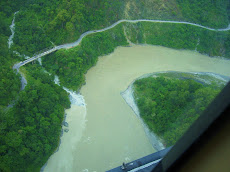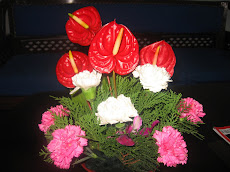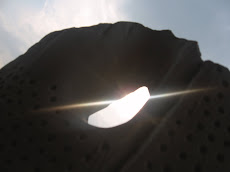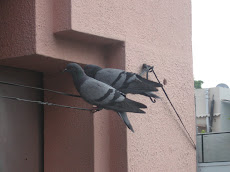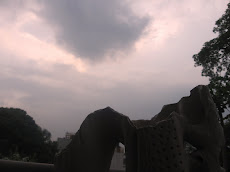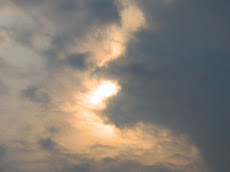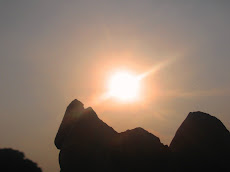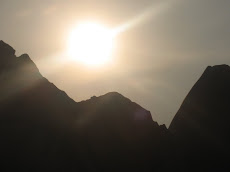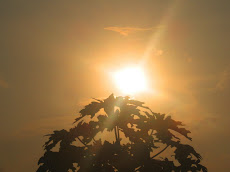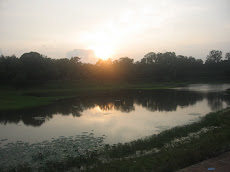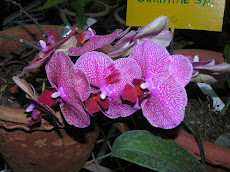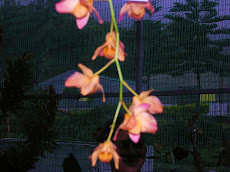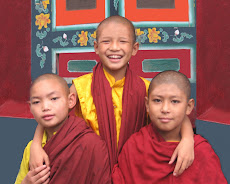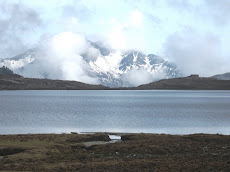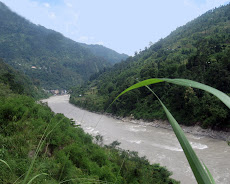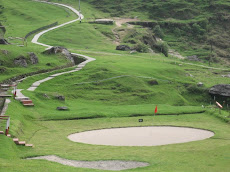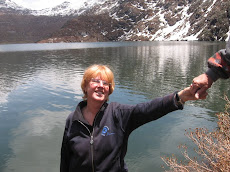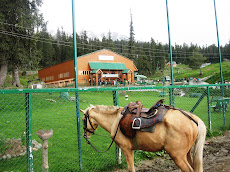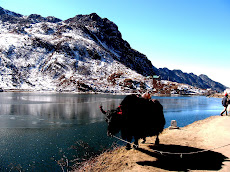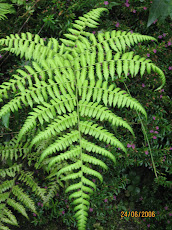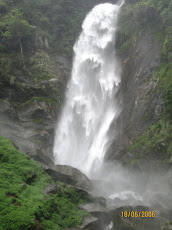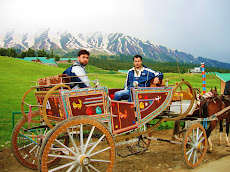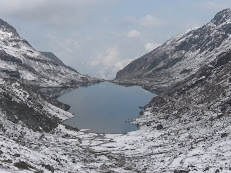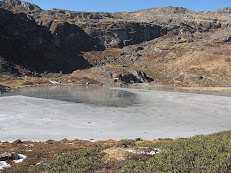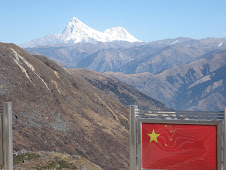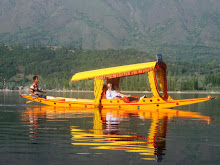
One had heard and read a great deal about Egypt and its 5000 year-old civilization in the History and G.K. books. There was always a desire to experience the same. When an opportunity came my way in November, 1997, there was no rethinking. I simply grabbed it. On confirmation of air ticket for the Delhi-Dubai circuit, I was prepared to briefly feel the glory of this important ancient country. I was on the verge of setting my feet on the continent of Africa for the first time.
There is nothing of significance to remember about the Emirates flight to Dubai except that the generous air hostesses took photos of all the passengers and handed over a copy to each one of us. Another redeeming feature was, perhaps, the provision of individual T.V. even in the Economy Class. On arrival, it was a pleasant surprise to avail of the famous Lounge at the swanky arrival terminal of Dubai airport. Owing to the friendly atmosphere and excellent hospitality, we never knew that a good four hours had elapsed before we were airborne again. Not much of activity and interaction followed during the five hour second leg of the journey between Dubai and Cairo, located in two separate continents and time-zones.
By the time we made it to Cairo, it was already dark. My desire to have a look at the famous Pyramids and the Mediterranean Sea from sky, therefore, could not materialize. The airport building of the only mega city of Egypt looked organized. The presence of a large number of security men, however, did convey that all of us had to take care while moving from one place to another. It was, nevertheless, nice to meet an officer of Indian Embassy who came to receive our four member delegation. Not only the drive to Hotel El Gezirah Sheraton was smooth, the over all weather appeared pleasant. Layers of fly-overs on the way spoke of the volume of traffic. The round shape of the hotel, located on the banks of River Nile was well-lit and the structure stood out from the buildings in the neighbourhood, when I had a solo stroll following not so cumbersome check-in.
Around 23.00 hours, when I reached my allotted room on the 10th floor, the view of the river and the city was simply awesome. Before I hit the cosy bed, it was a surprise to see an armed guard in the corridor. While using a shoe shining machine, he greeted me with a smile. When I wished to interact, his poor English, unfortunately, became a stumbling block. The next morning, he showed me a safe area for walk and jogging. As if this was not sufficient, he did extend a helping hand in the evening when two of us decided to negotiate a Tonga-ride to the nearest market, purely for fun. Such a behaviour even after his normal duty hours could confirm his noble intentions. He also asked us, nonetheless, not to roam alone in the city.
The day one, as expected, was consumed in official deliberations with our counterparts and the connected offices located all over the sprawling city. One could manage, however, a glimpse of the dressing and behaviour patterns of local people, whenever we passed through a congested area. A visit to Pyramids at Giza in the evening could not be planned due to a logistic snag. To help us overcome our latent dissatisfaction, our hosts arranged a visit to the Cairo Tower and Egyptian Museum. Latter had an imposing façade. We were exposed to the varied facets of once vibrant Nile River civilization. It was amazing to hear the interesting deeds of the Pharaohs (Kings) and the importance given to the birds and animals. The art or the practice which, sounded most impressive was that of the ‘Mummification’, the meticulous preservation of the dead bodies. Shrunken and embalmed, many of them were lying in the Museum. Apart from the durable chemicals of that era, it was the resolve to preserve the body of a king or a queen or an aristocrat, which deserved to be taken note of. The funeral processions were also reported to be very elaborate affairs. Equally interesting was to learn about the country’s French connection.
Before we called it a day, we did not forget to try some spicy local snacks and purchase a few mementoes, such as, miniature stone and metal pyramids, Papyrus paintings and bust of kings and queens of ancient Egypt. The narrow lanes of the curio market were akin to similar settings in old Delhi or Bazars of Calcutta. It was same kind of noise as well as bonhomie. A black stone bust of Queen Nephratus, bought on the occasion, still sparkles in my living room. She was reported to have sacrificed her life for the cause of emancipation of women.
With a view to devote focussed attention to the pyramids, we drove to Gizeh (Giza) archeological site in the outskirts of the city fairly early, the following day. One of the seven wonders of the ancient world was visible from a distance of approximately two kms. Cheops, Chephren and Micerinus, the three great pyramids were found arranged diagonally in such a way that none of them hides the sun from the other two. Cheops, the largest one, originally had a height of 146 metre with a ten metre square shaped platform on top.
It was learnt that a pyramid was constructed in tiers or steps. When the square shaped base (length of each side being equal to the height) was completed, the polished stone blocks would be lifted by a kind of crane made of short timbers onto the first tier. The cranes would be shifted up from stage to stage. When we got closer, we came across several of such triangular structures. After a round of three great pyramids, we were dropped at the entrance of Cheops. We could immediately notice the huge blocks of stones plastered nicely over each other. Subsequent to minute observation, it was the time to photograph the wonder from different angles. Soon, some of us managed to climb up the steep steps leading to the top of the pyramid. The inside view was simply fascinating. Before we make it to the summit, we are shown a large locked room that contained a ‘Mummy’ of an important king and his priceless belongings. The view of Cairo from the top was panoramic.

Next in our schedule, were a camel ride at the base of pyramids and a close look at the Sphinx, a seventy three metre long gigantic statue having face of a human being and body of a lion. Some portions of this mythical man-animal were found defaced, presumably by wind erosion. Needless to say, these also provided a good photographic opportunity.
We returned to Giza by dusk to witness a marvellous Light and Sound Show. It presented the glory of the vibrant and developed civilization of Egypt in a powerful way, something which could not be understood or visualized well by the hectic visits to the pyramids or the Egyptian Museum. The description about great human effort involved in getting huge boulders through the Nile river route for building the pyramids and surrounding structures over a period of eighty years was both convincing and incredible. The stones were brought without any mechanical support from hundreds of miles. At the end of the show I could notice some similarities between the Indus Valley and the Egyptian civilizations.
The next evening we availed of a cruise over the Nile river. A large boat managed and catered to by the Oberoi Group of India was beautifully lit. One after another, lovely performances followed-Spanish and English songs sung by a short, chubby Egyptian girl and an ethnic dance showing elaborate use of oversized colourful gowns and revolving umbrella kind of object. The performance which, however, left a mark in the true sense was the famous Belly dance enacted by a local slim artist. Her swift movements in the background of traditional music were simply amazing. Even after a fast half an hour session, she had all the energy and charm. The sumptuous dinner dominated by the Indian cuisine served on the deck of the boat did remind us that we had to herald our return journey at the end of the fourth day.
A relaxed breakfast session on the day of departure touched my heart. An old Egyptian Chef, a tall bearer and an alert front-desk boy, all spoke positively about the heritage and hospitality of India, they were exposed to, once. Not only I gave them a patient hearing, I also added to their information by mentioning something additional about my country which , perhaps, they did not know. They evinced adequate interest. As a parting gesture, I divulged that if I ever get a chance to visit a country again, it will be none other than Egypt.
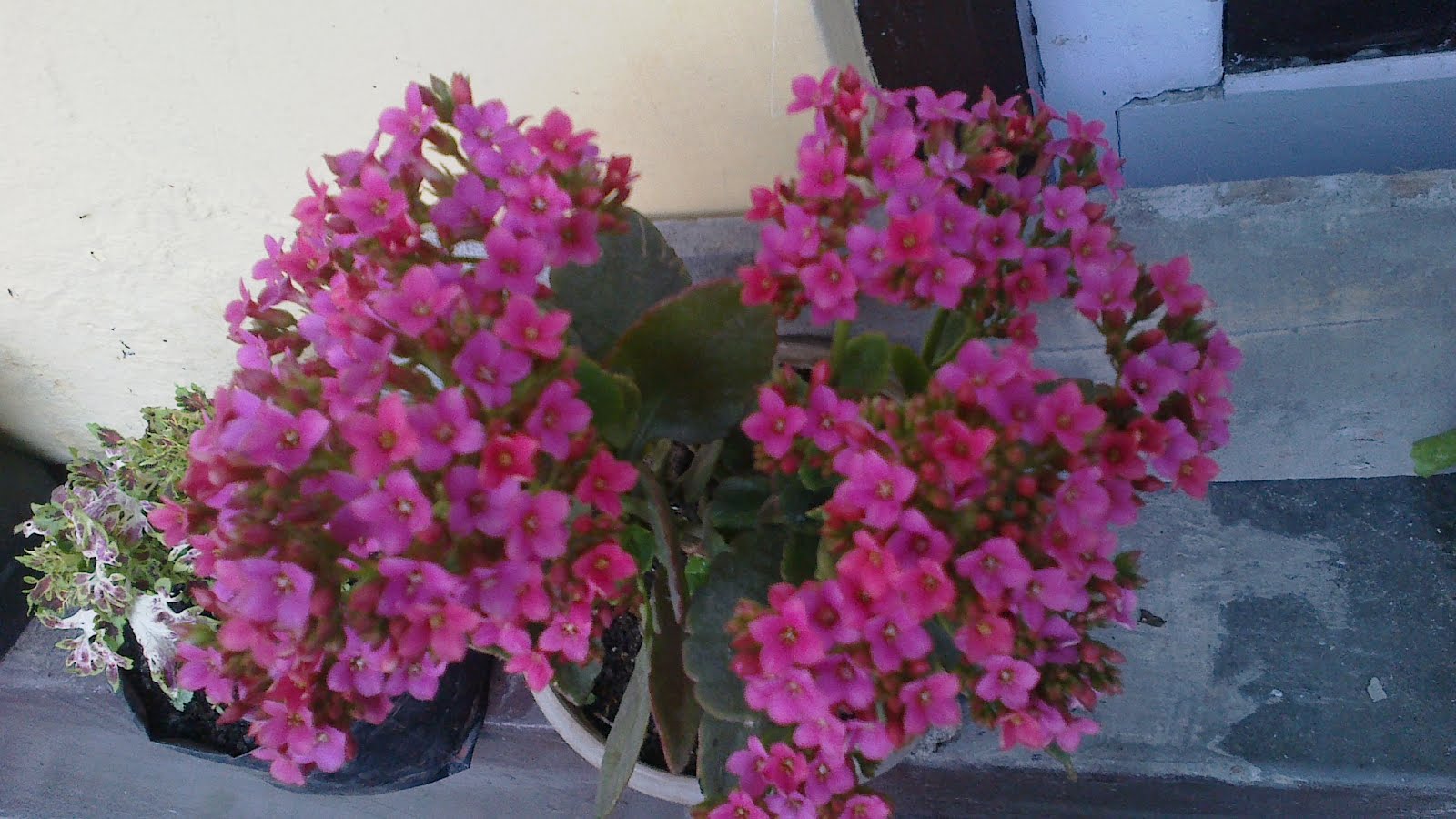



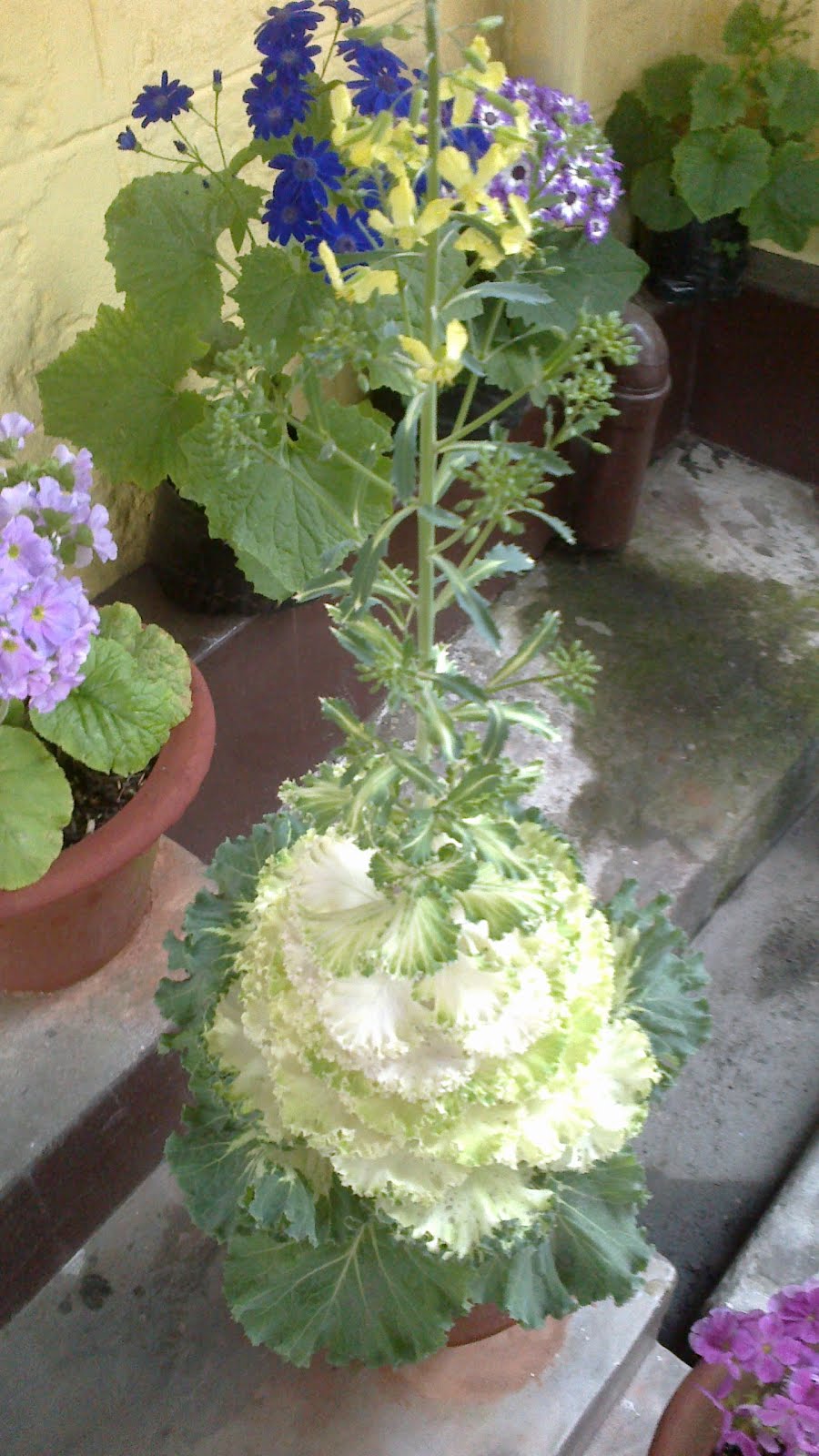
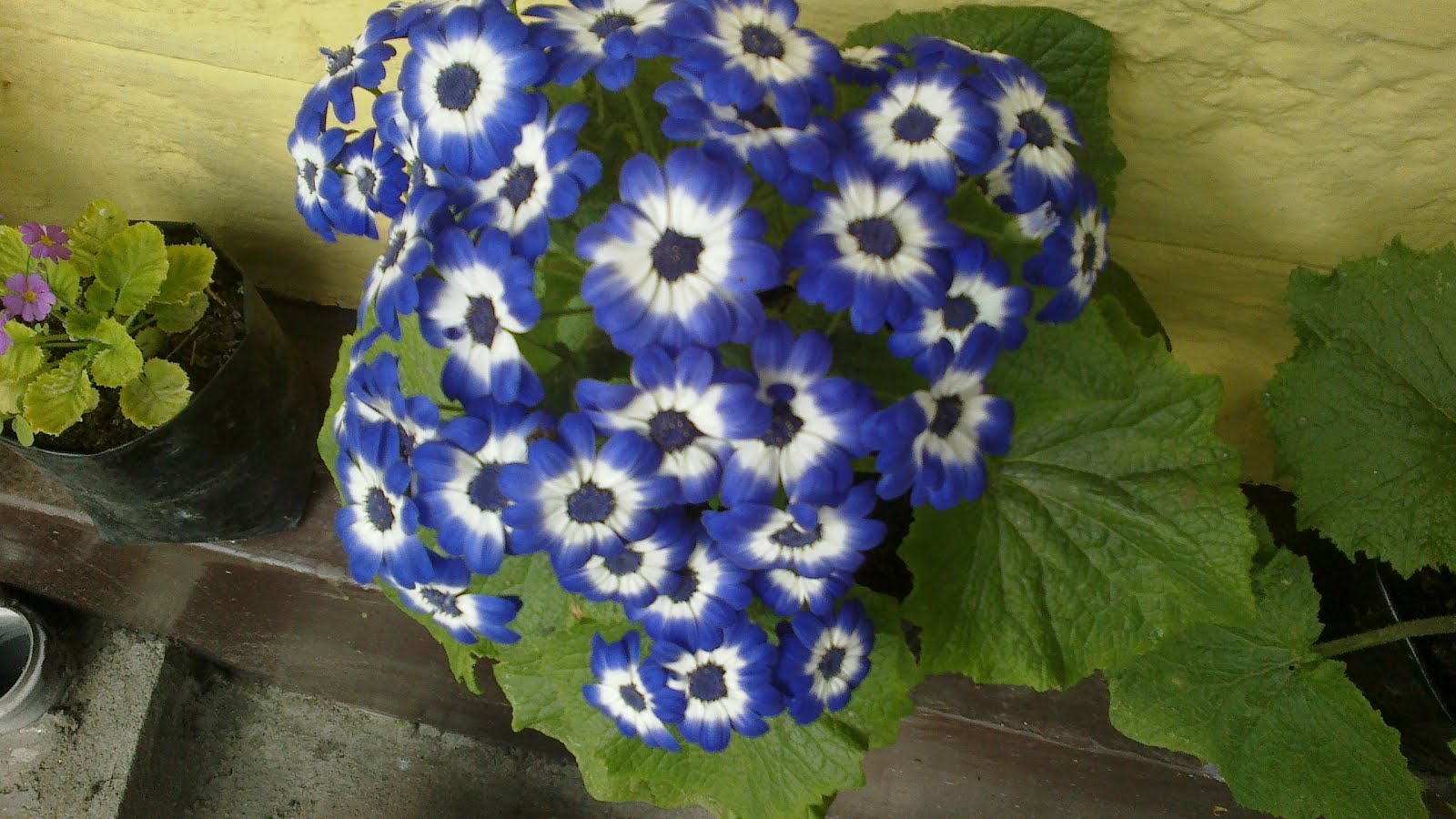
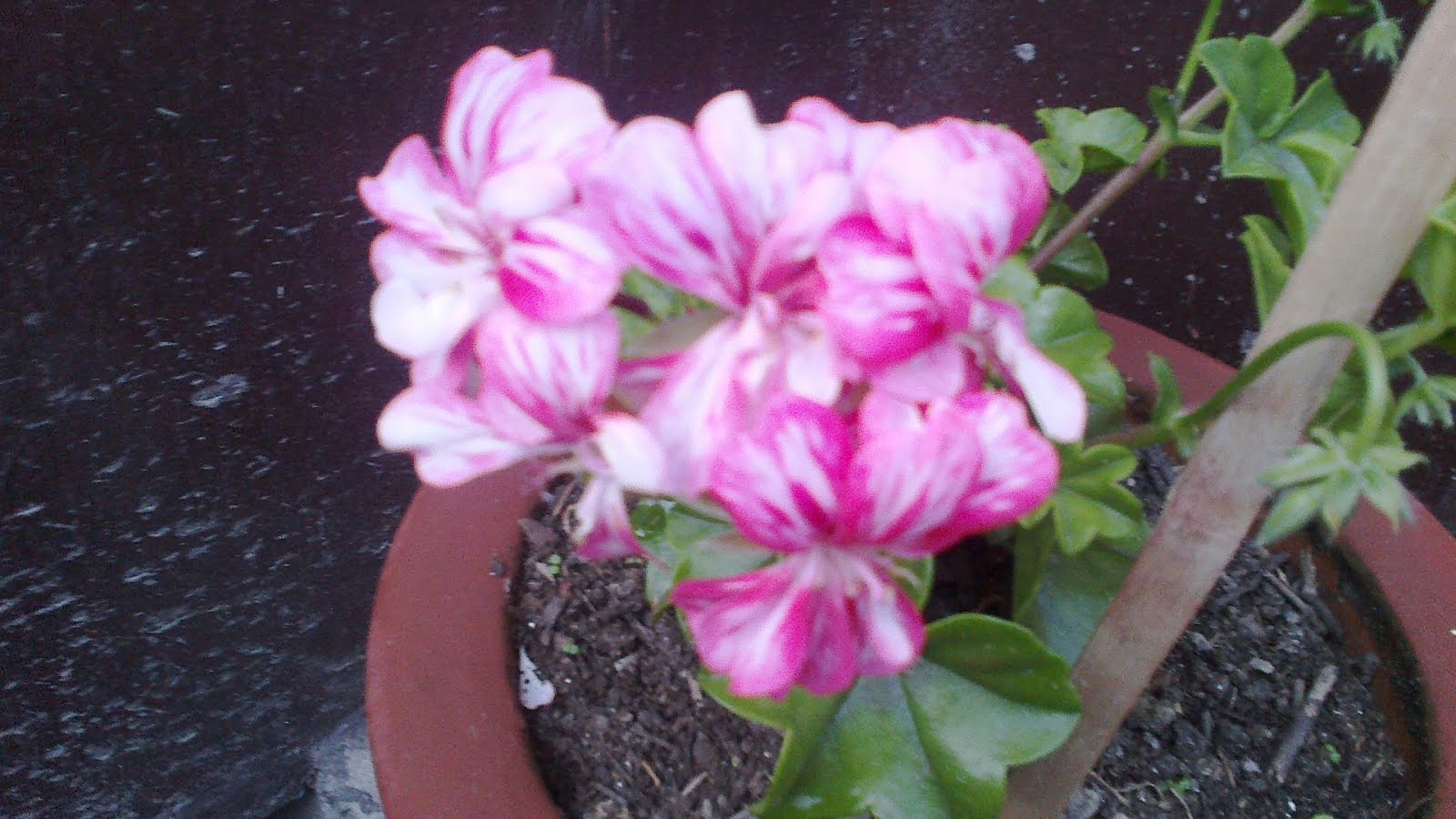
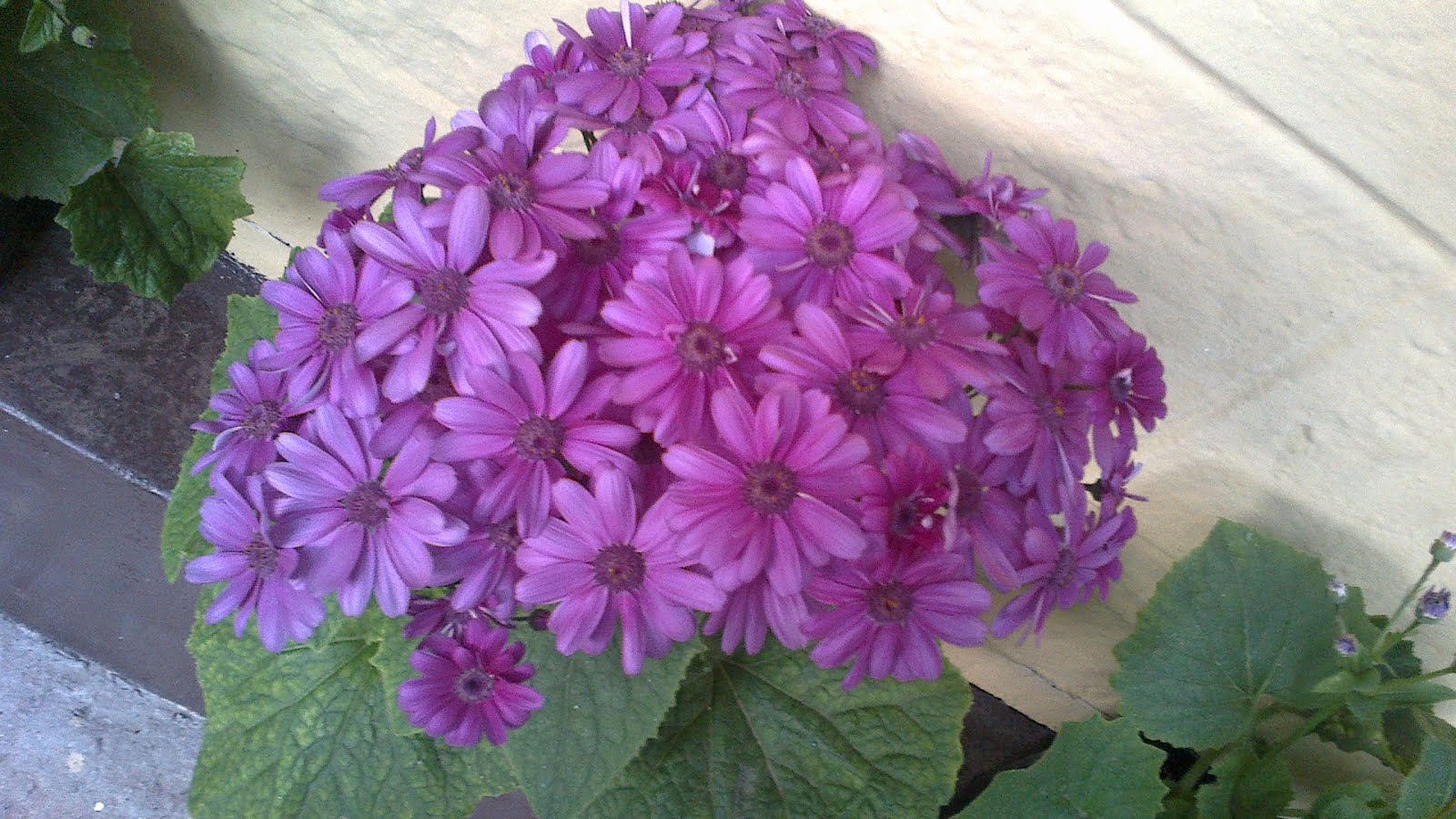
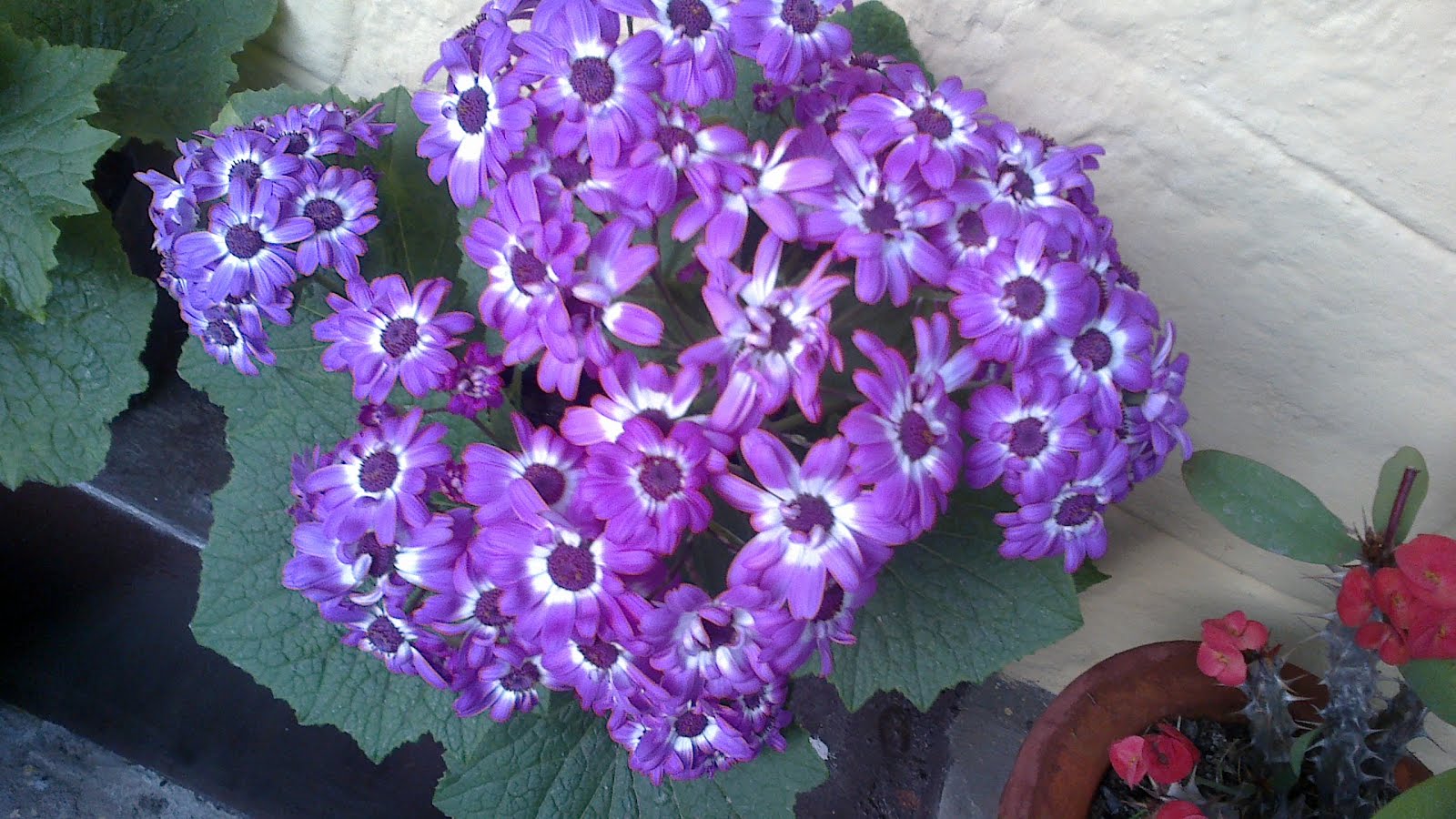






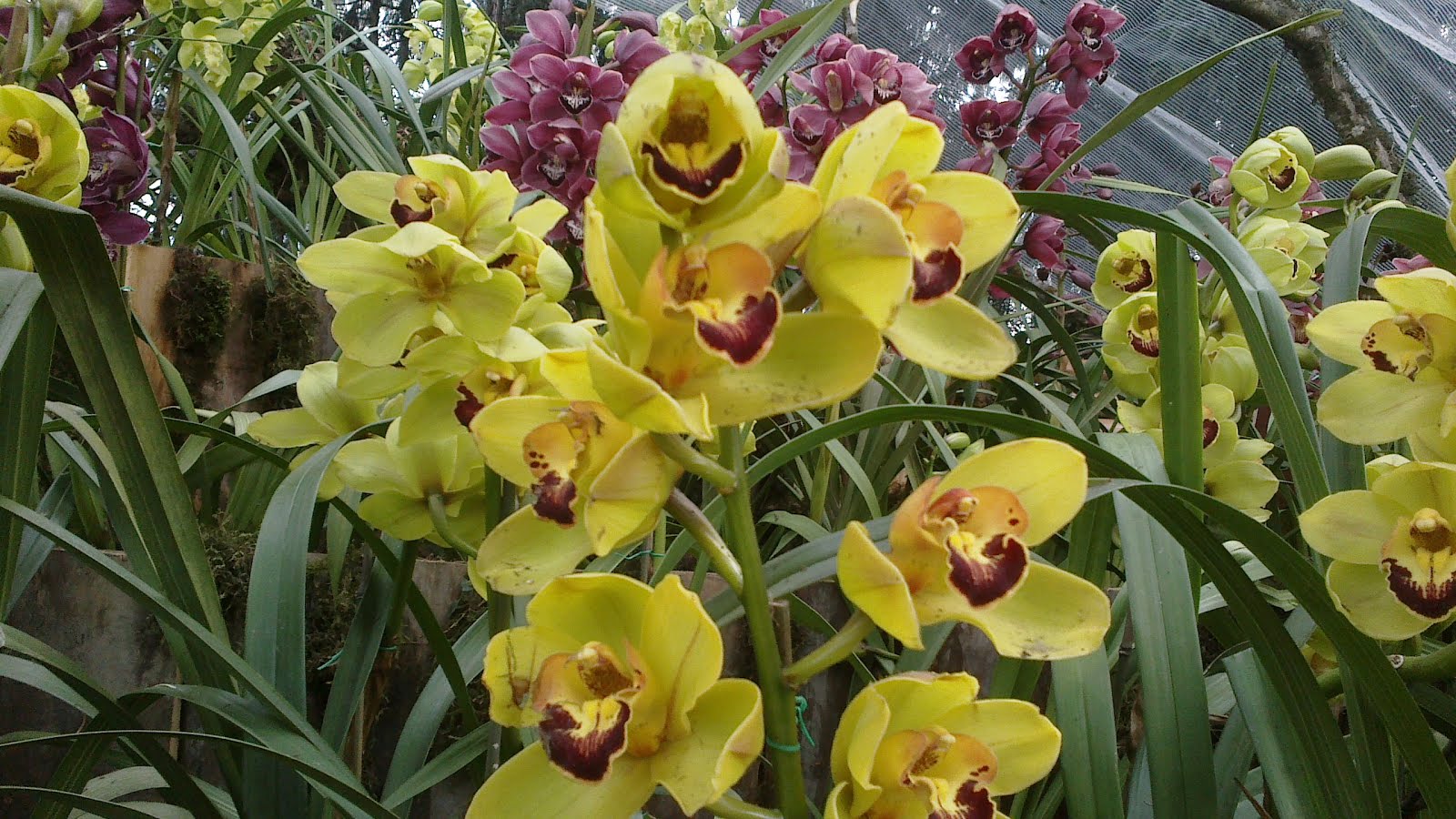

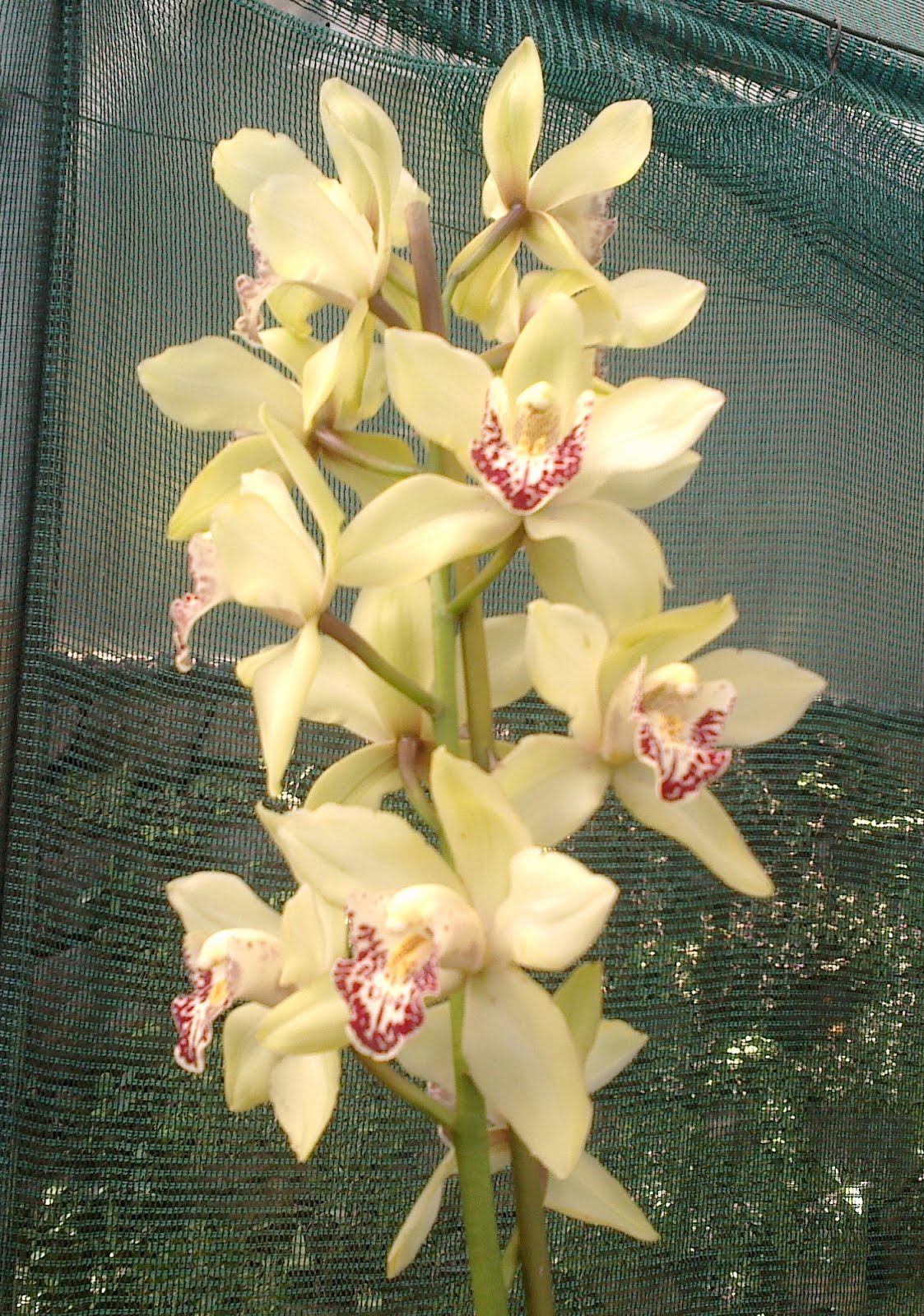
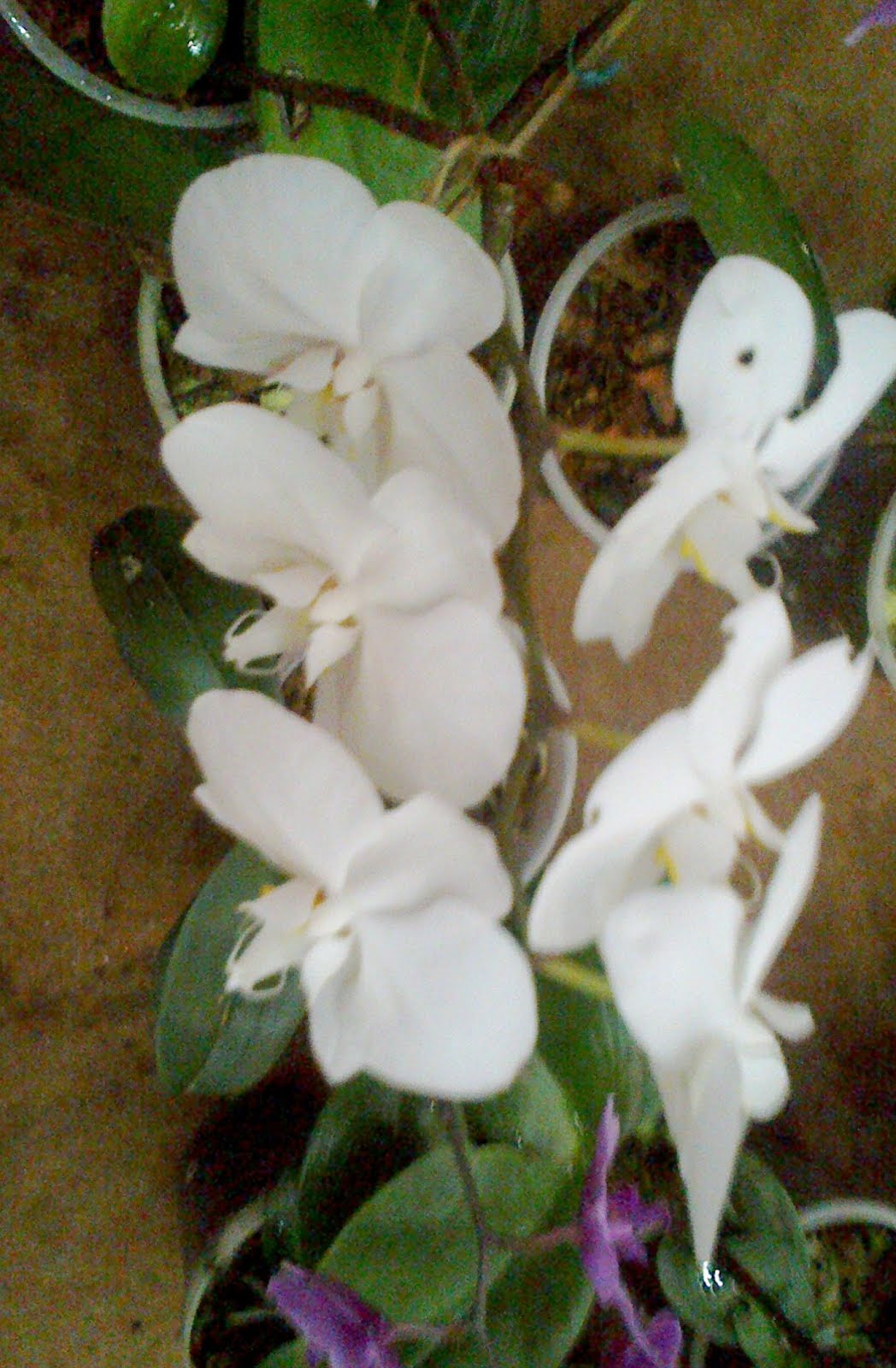


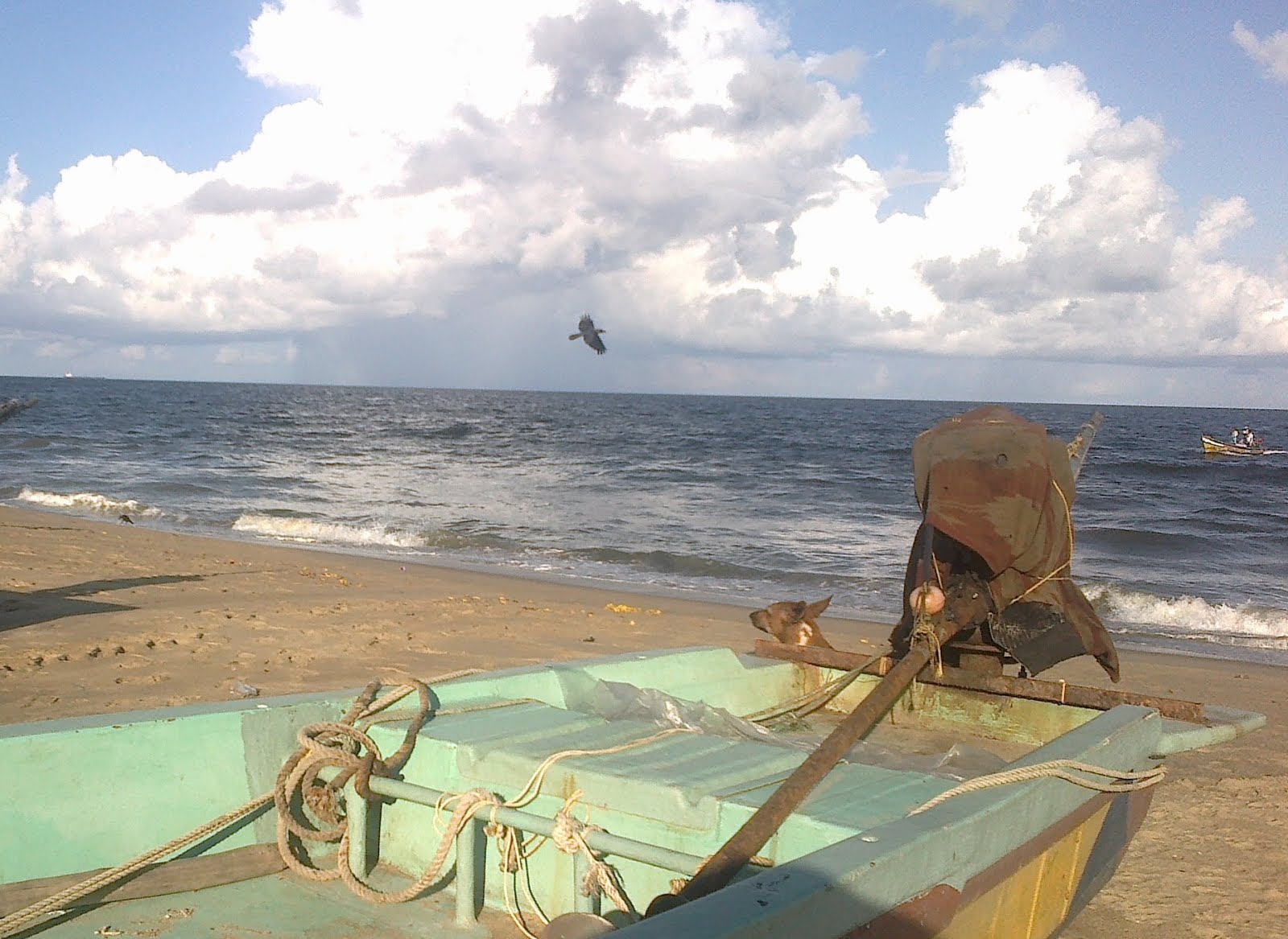


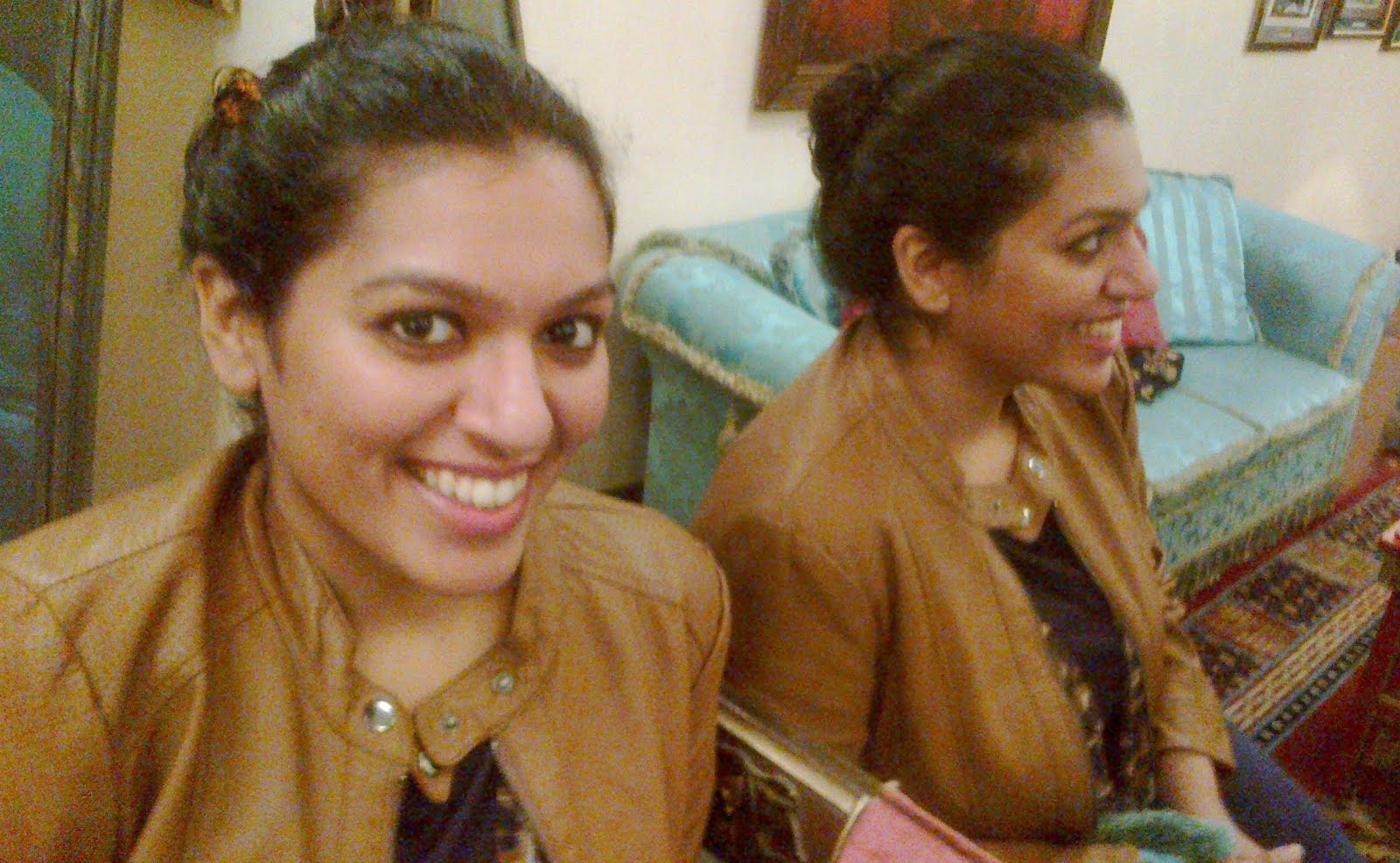

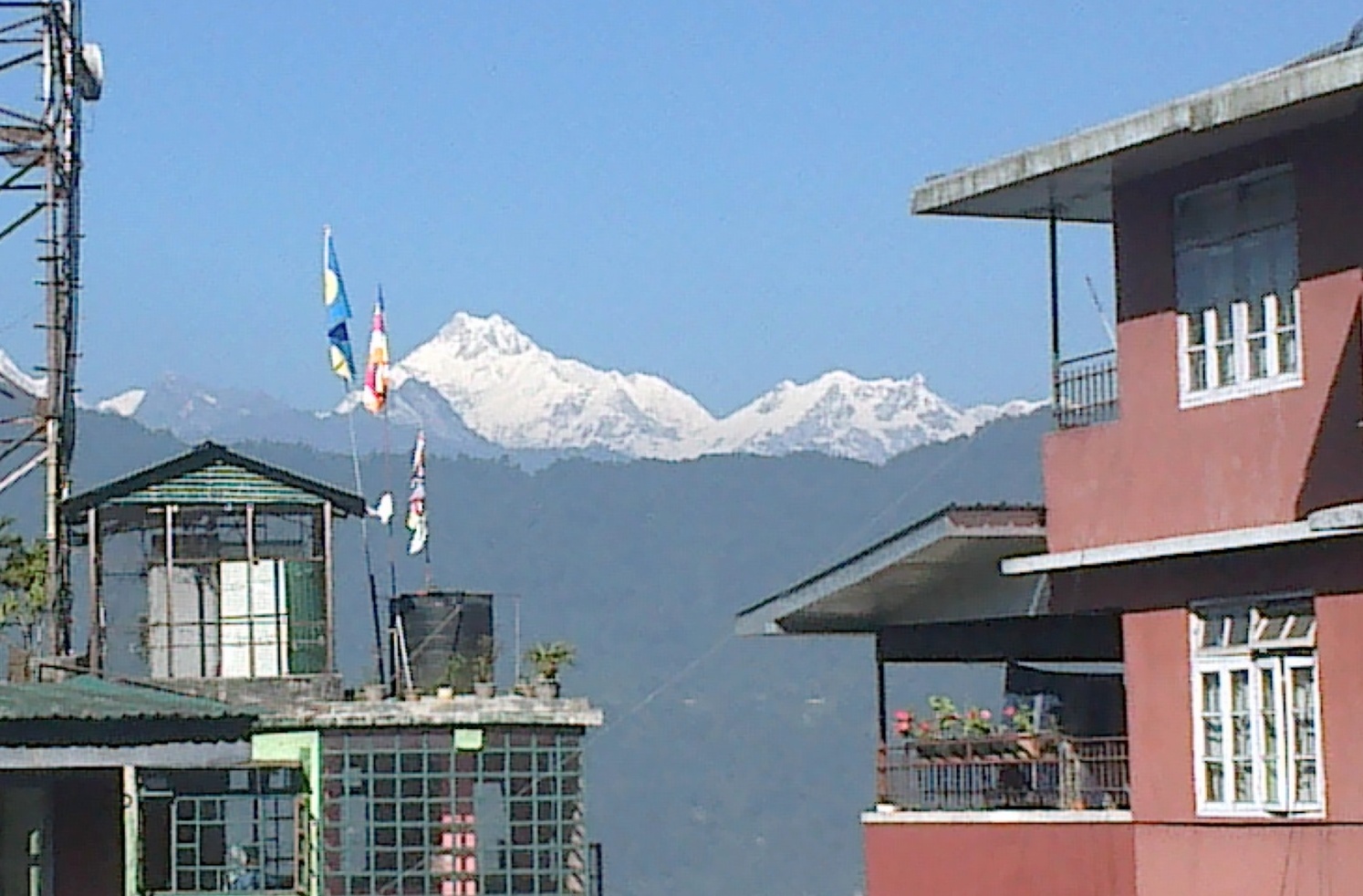



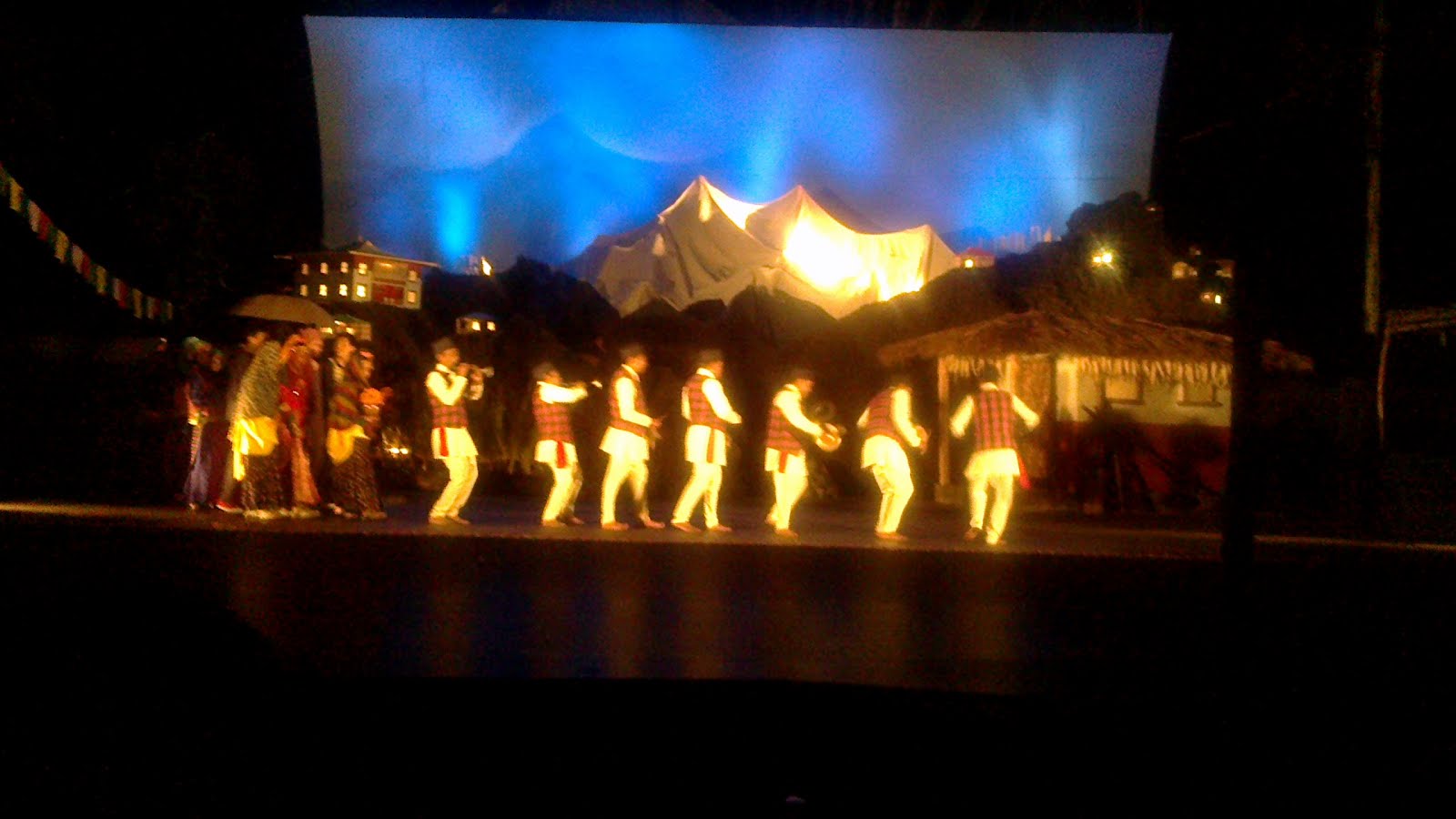

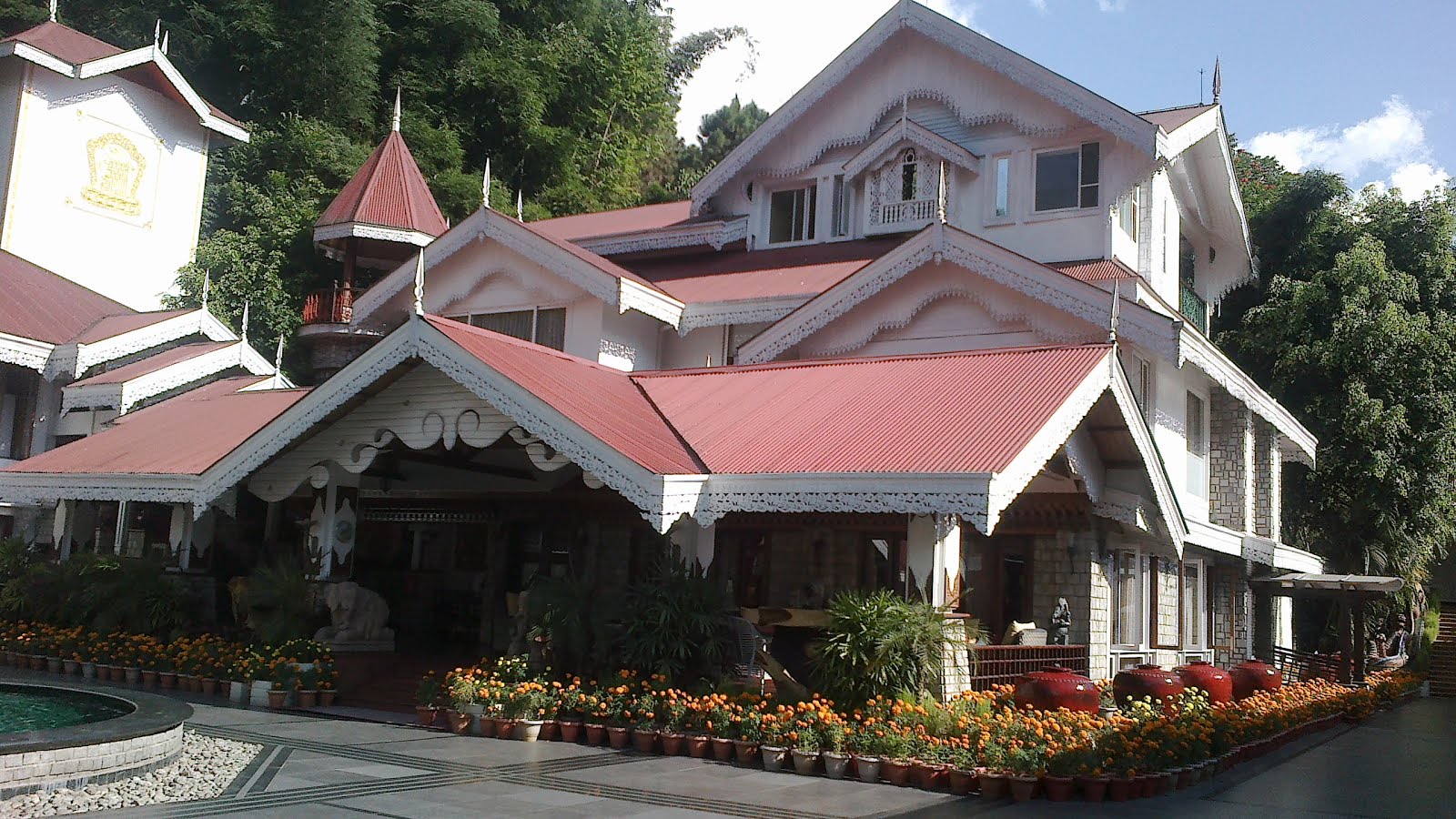
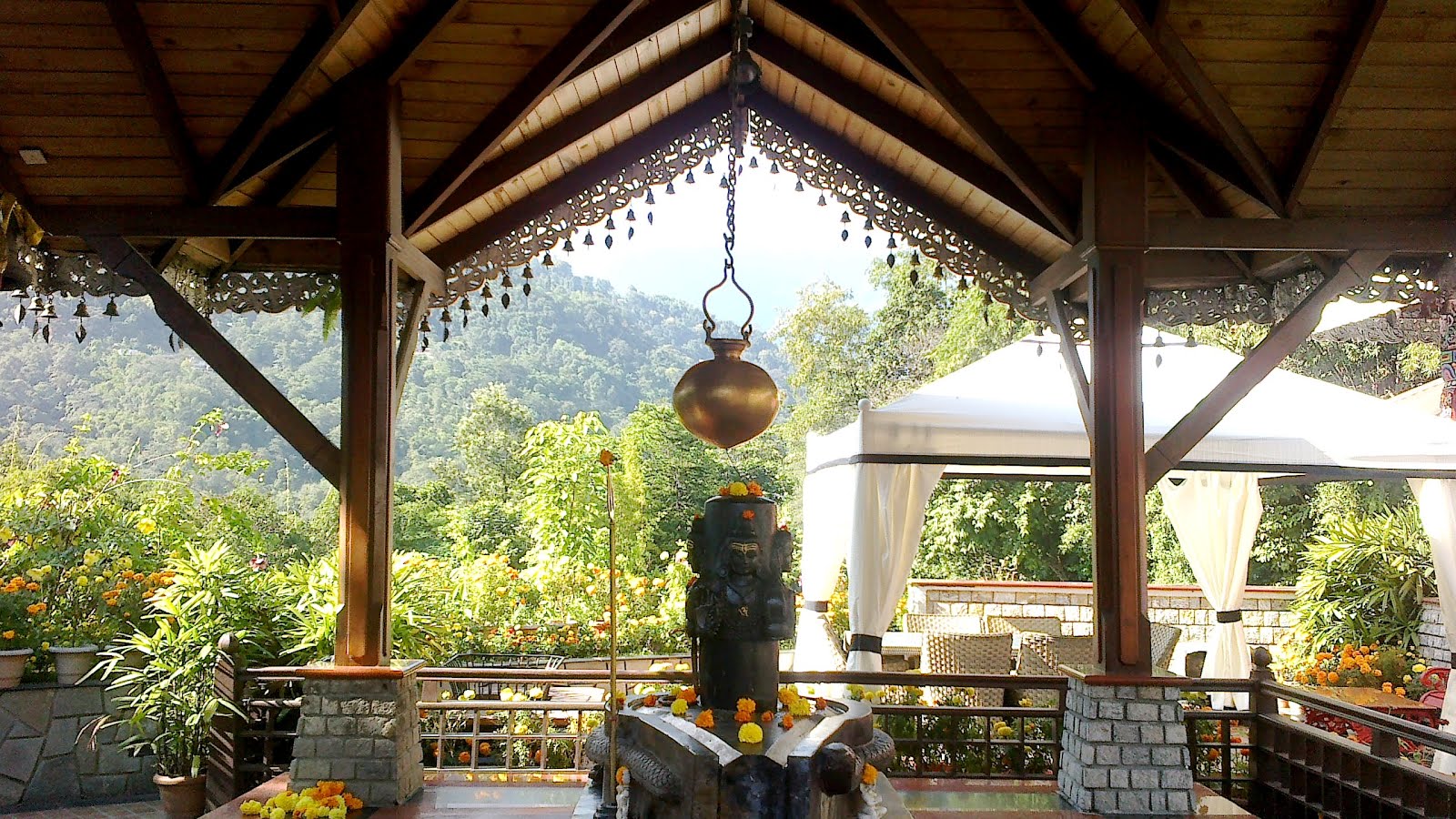
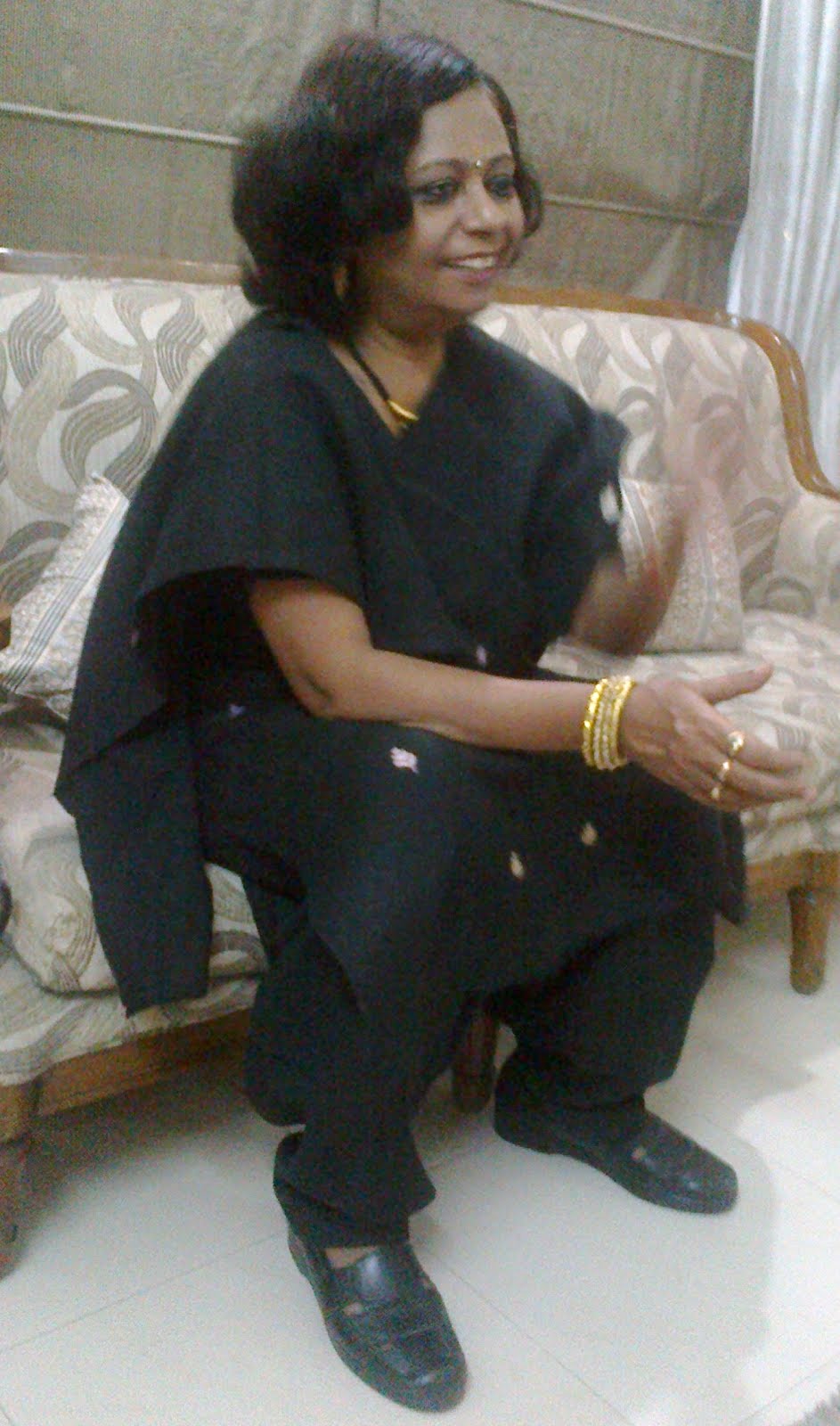


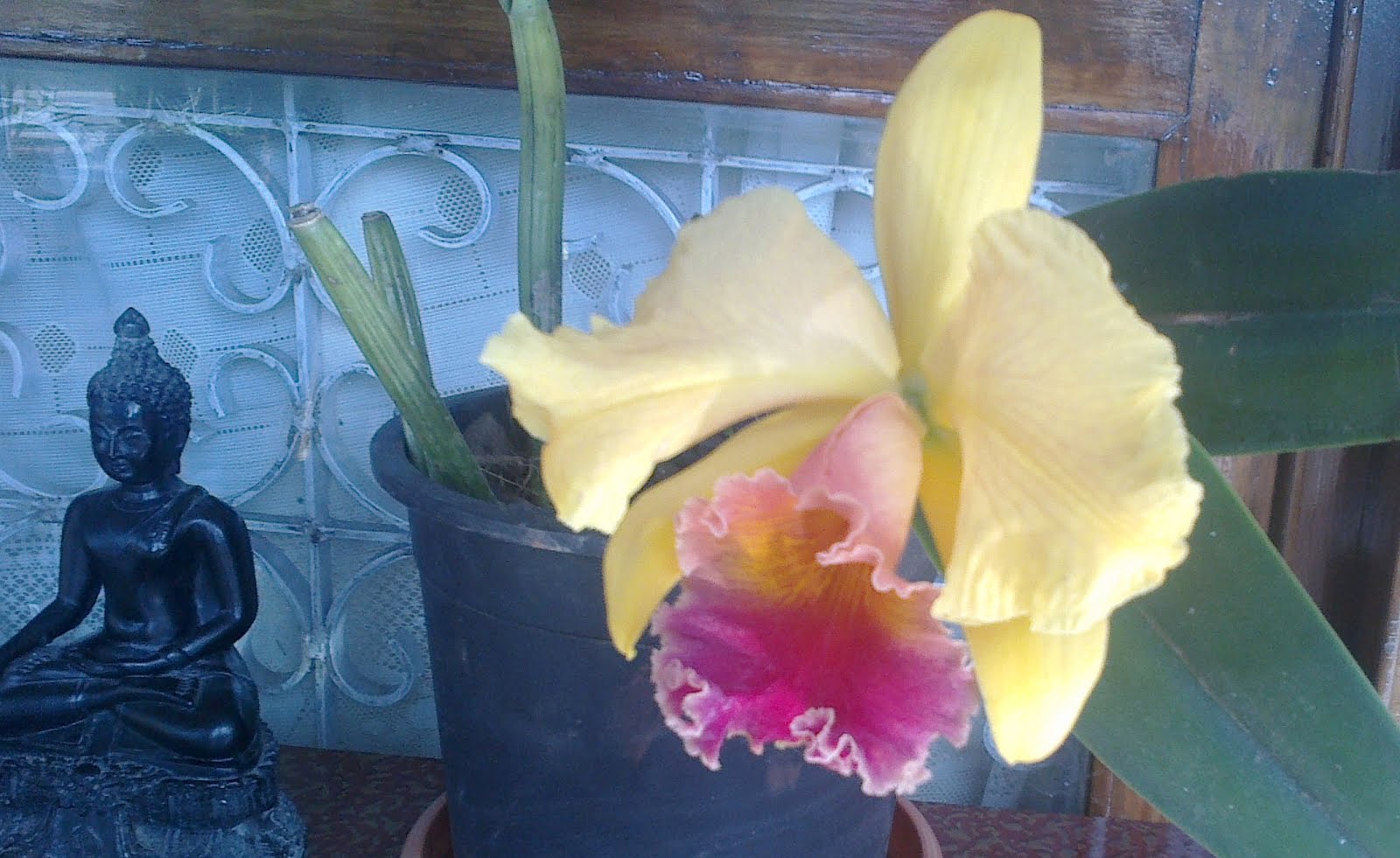


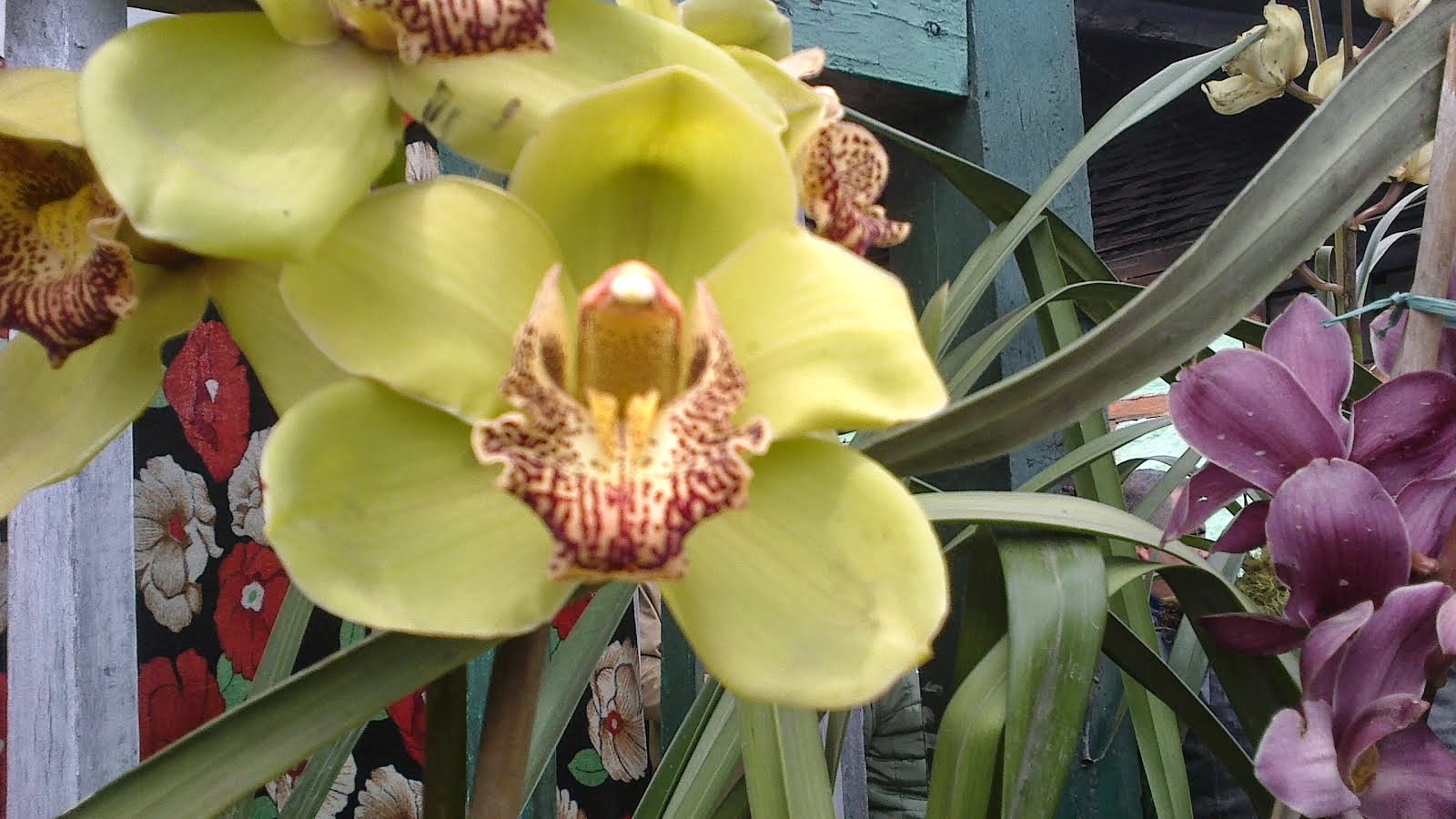
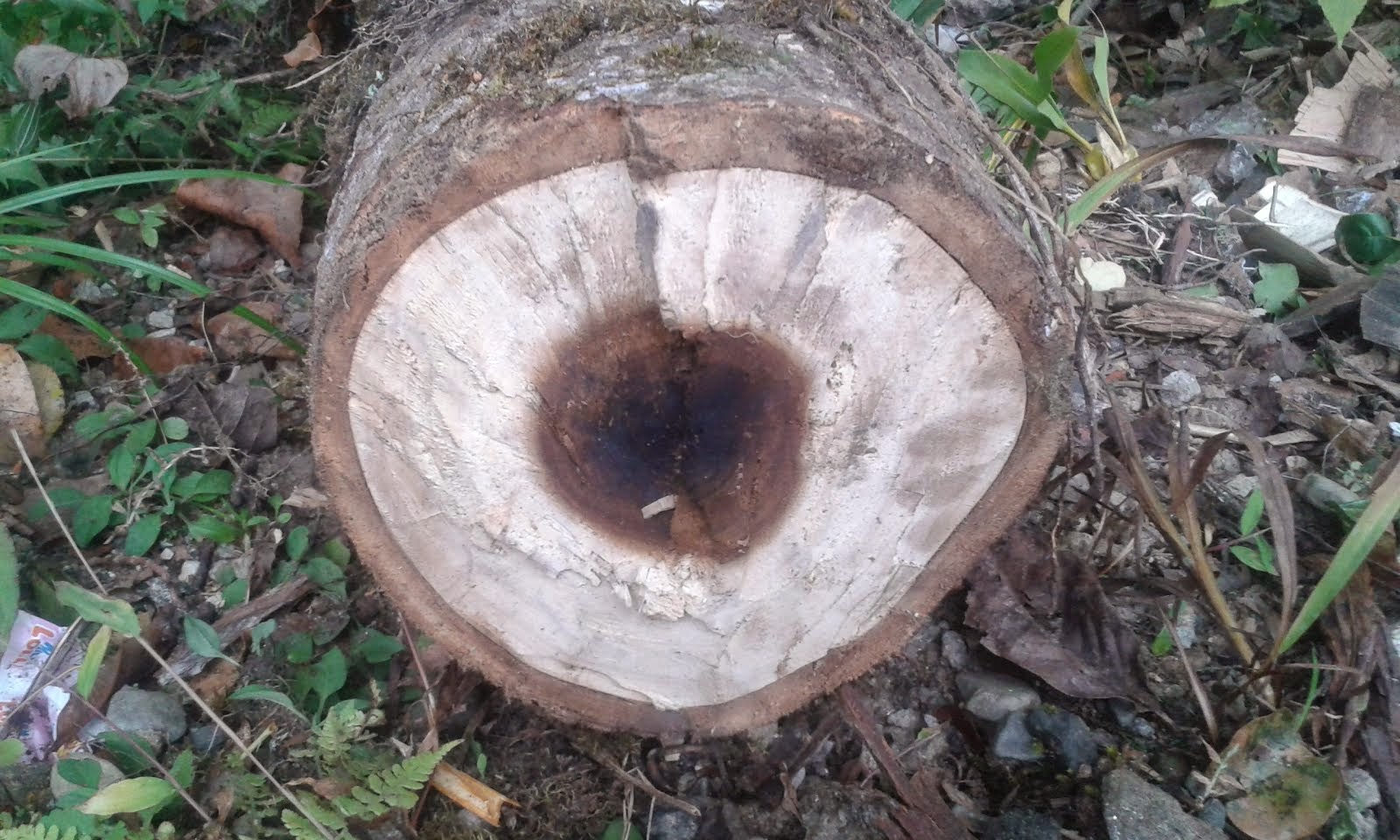
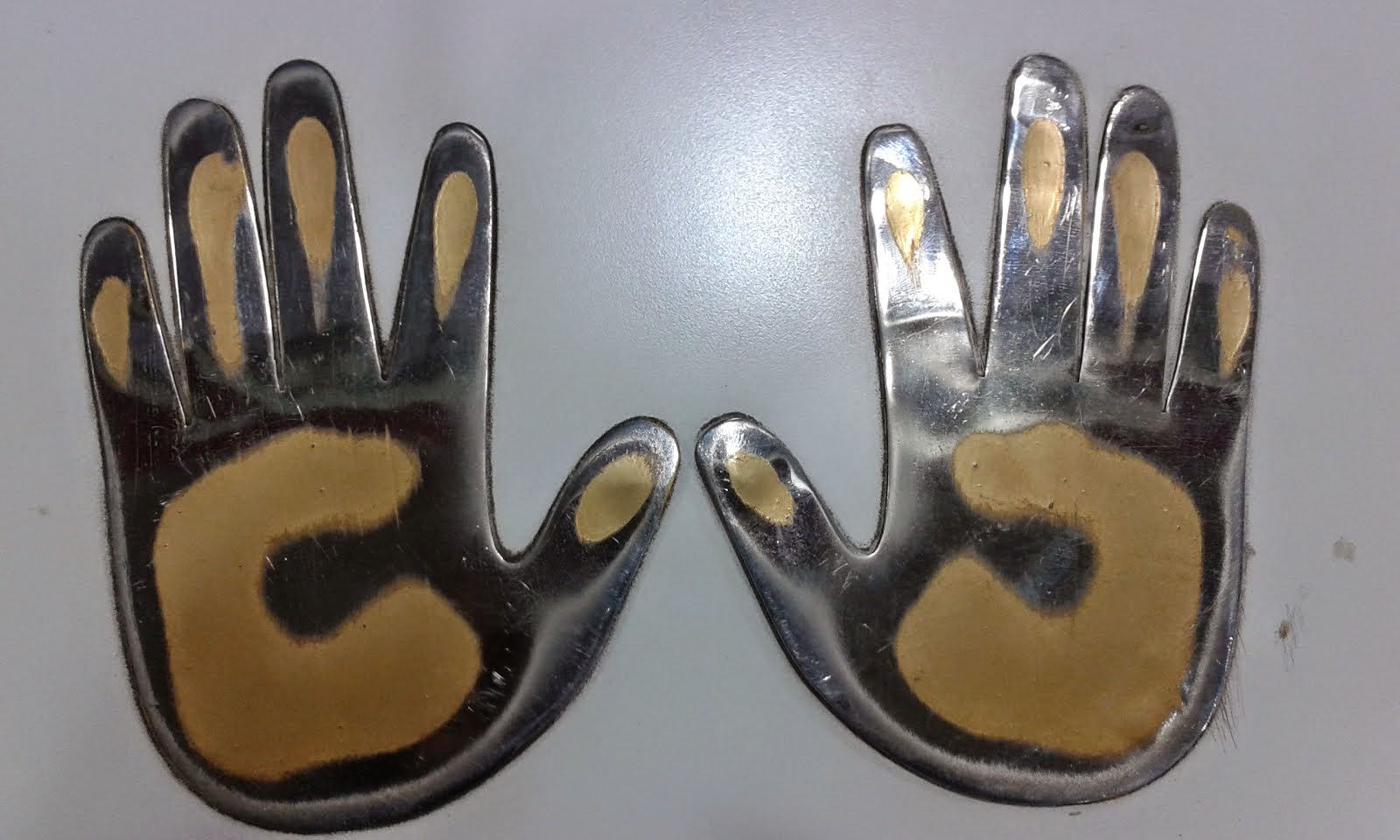
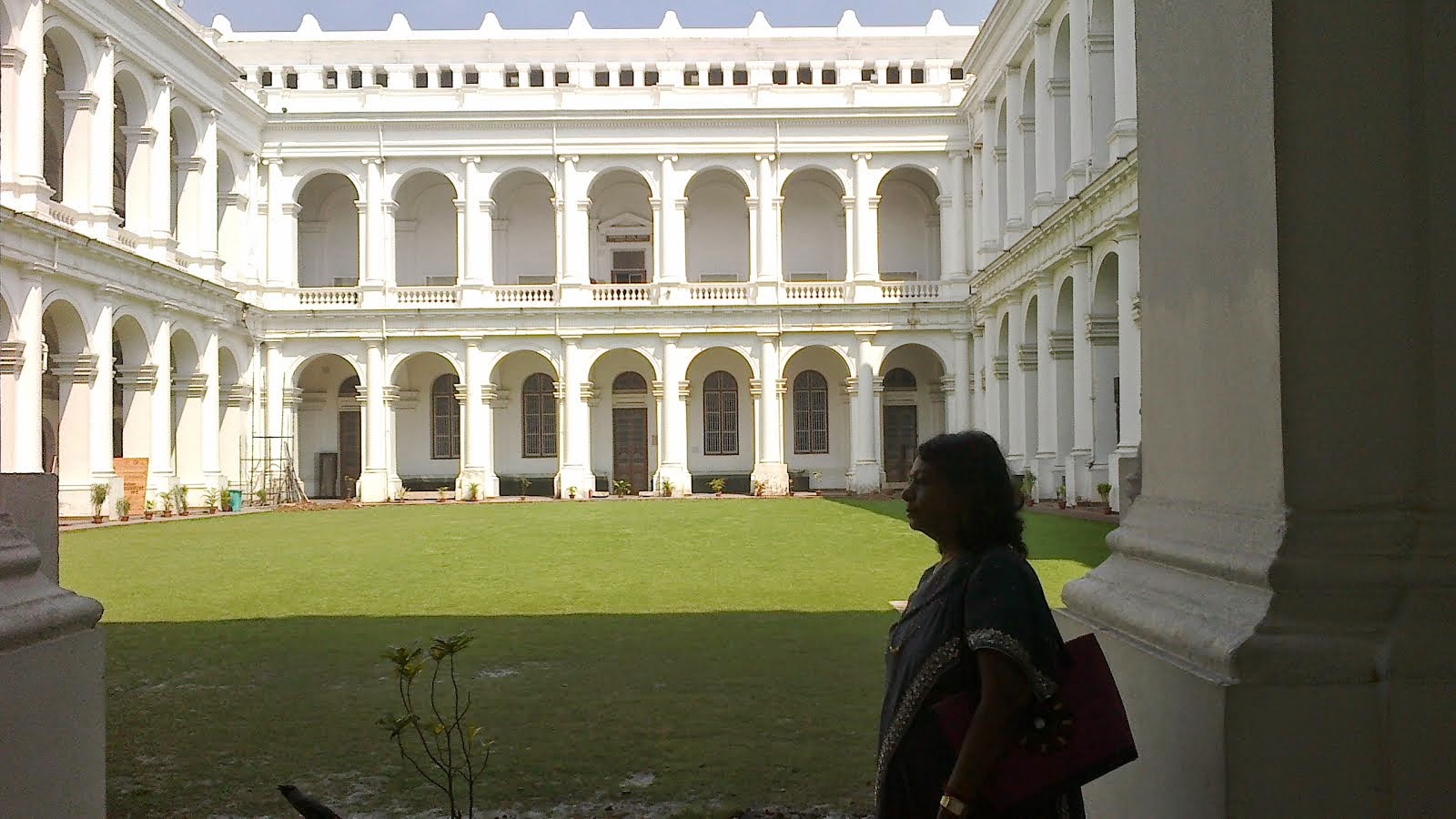

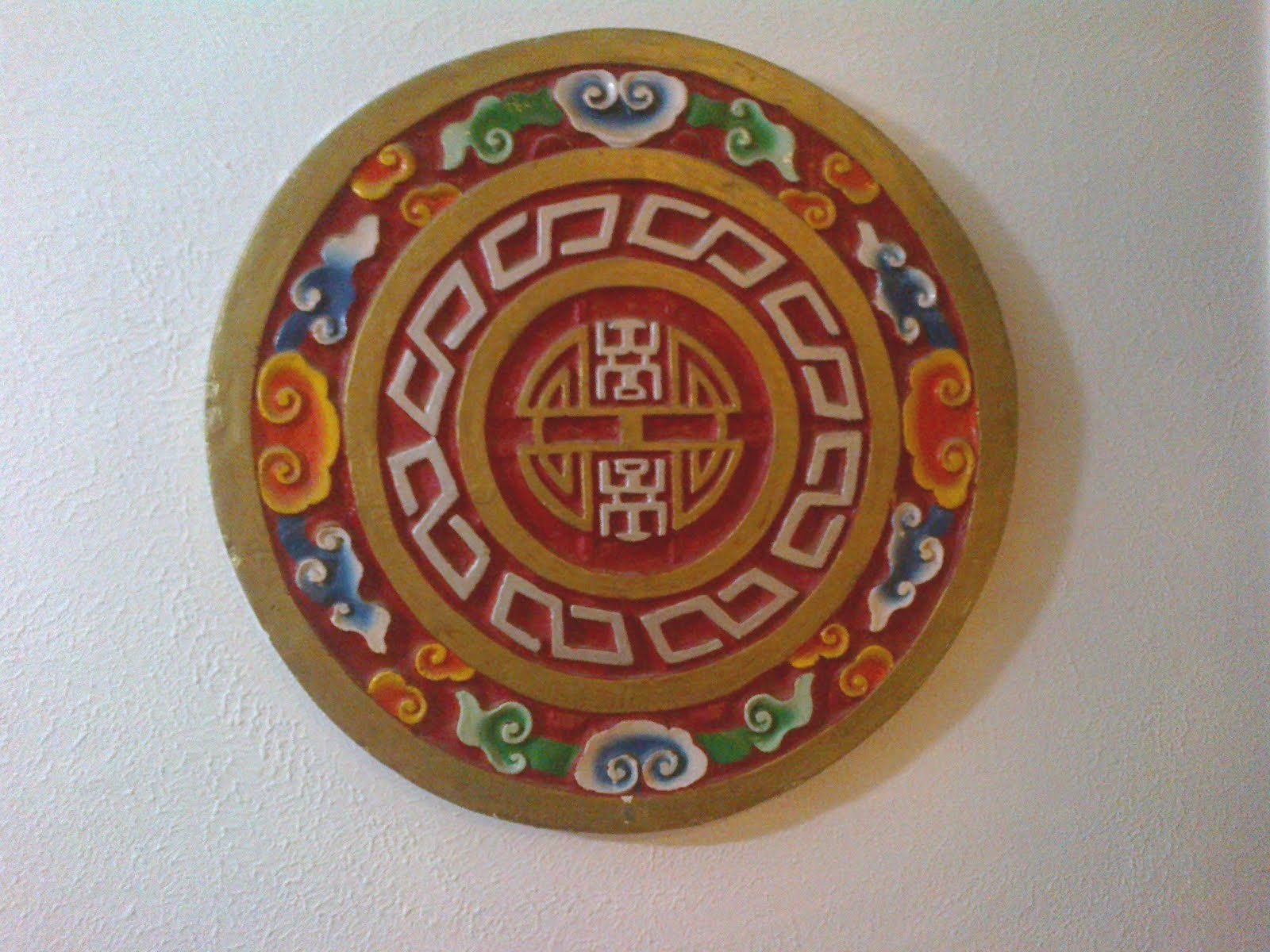




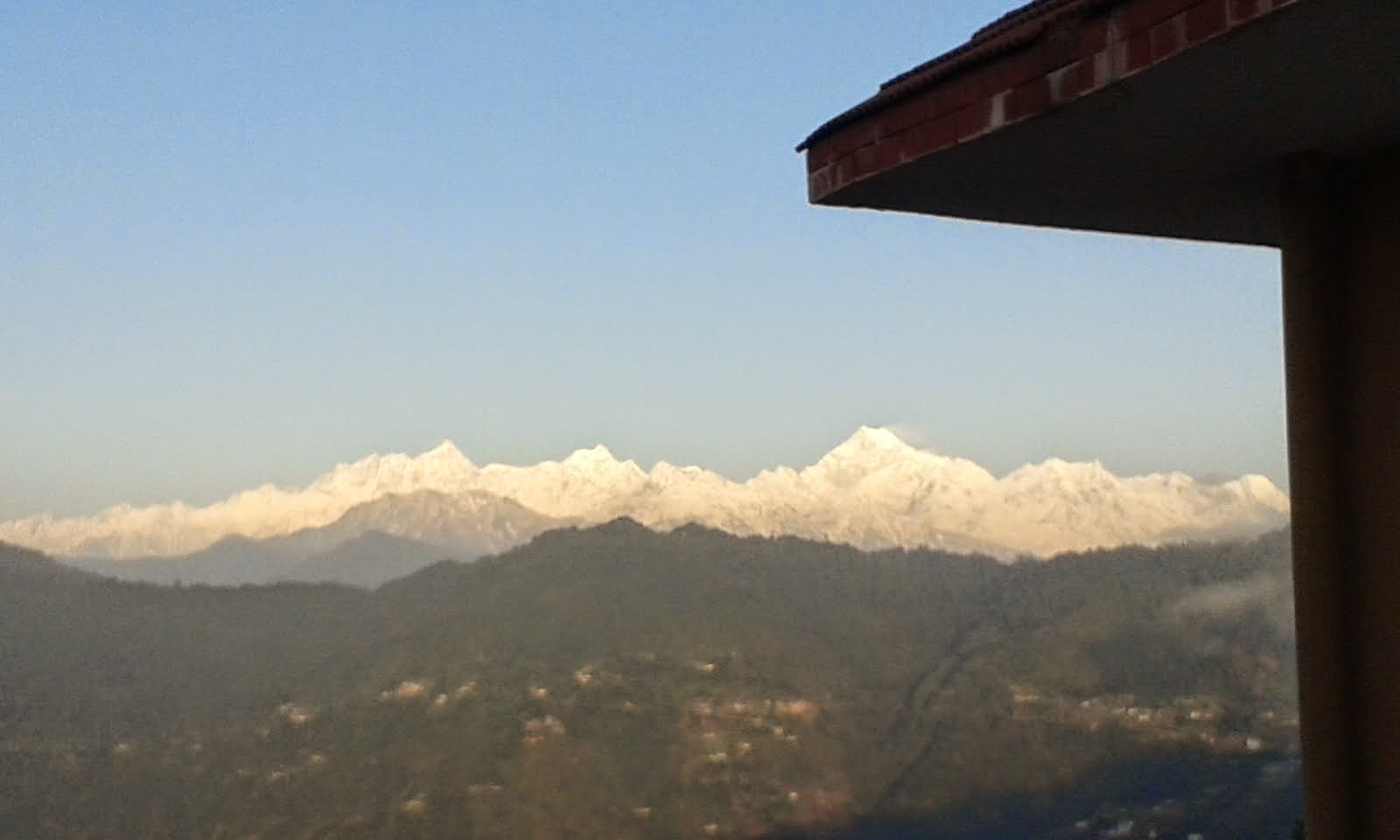

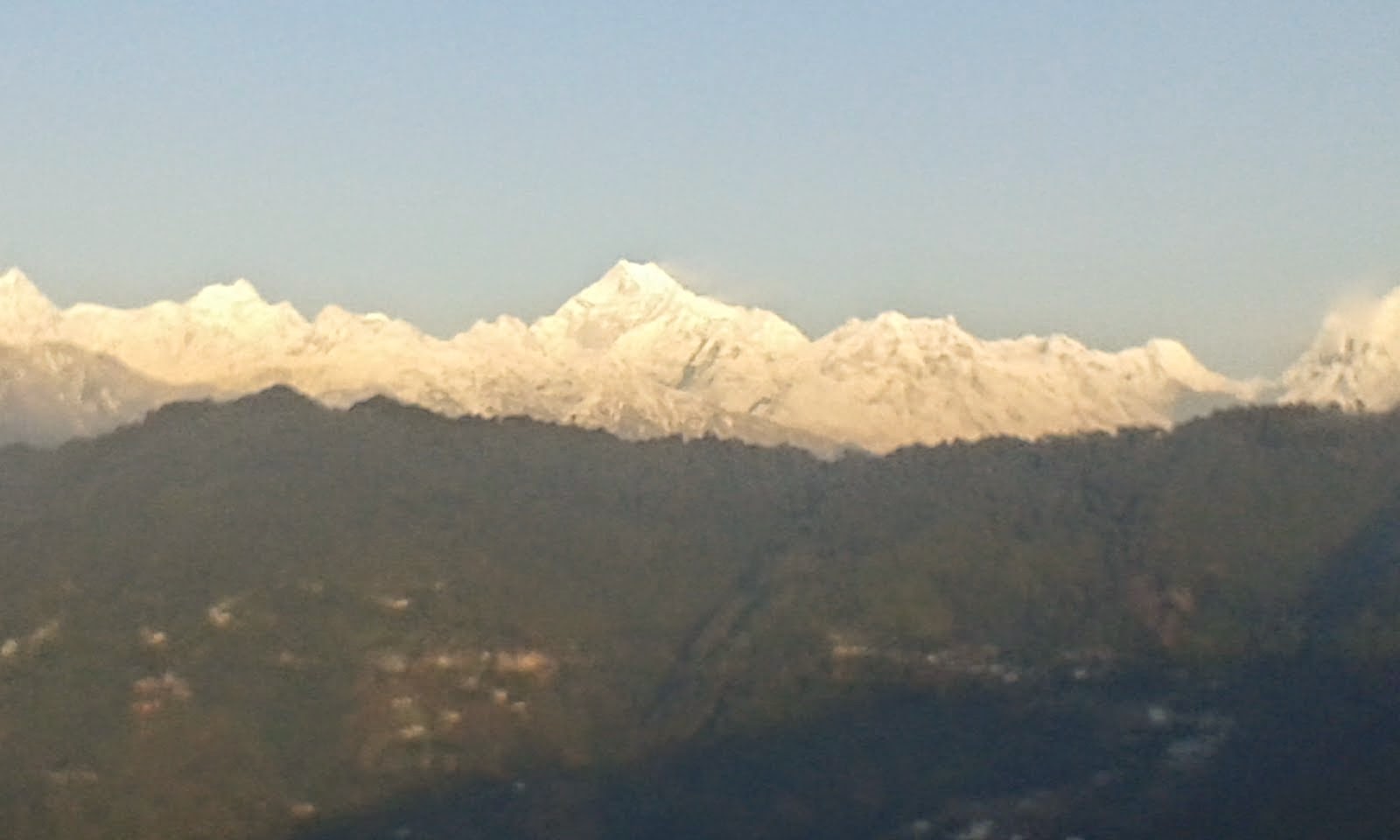
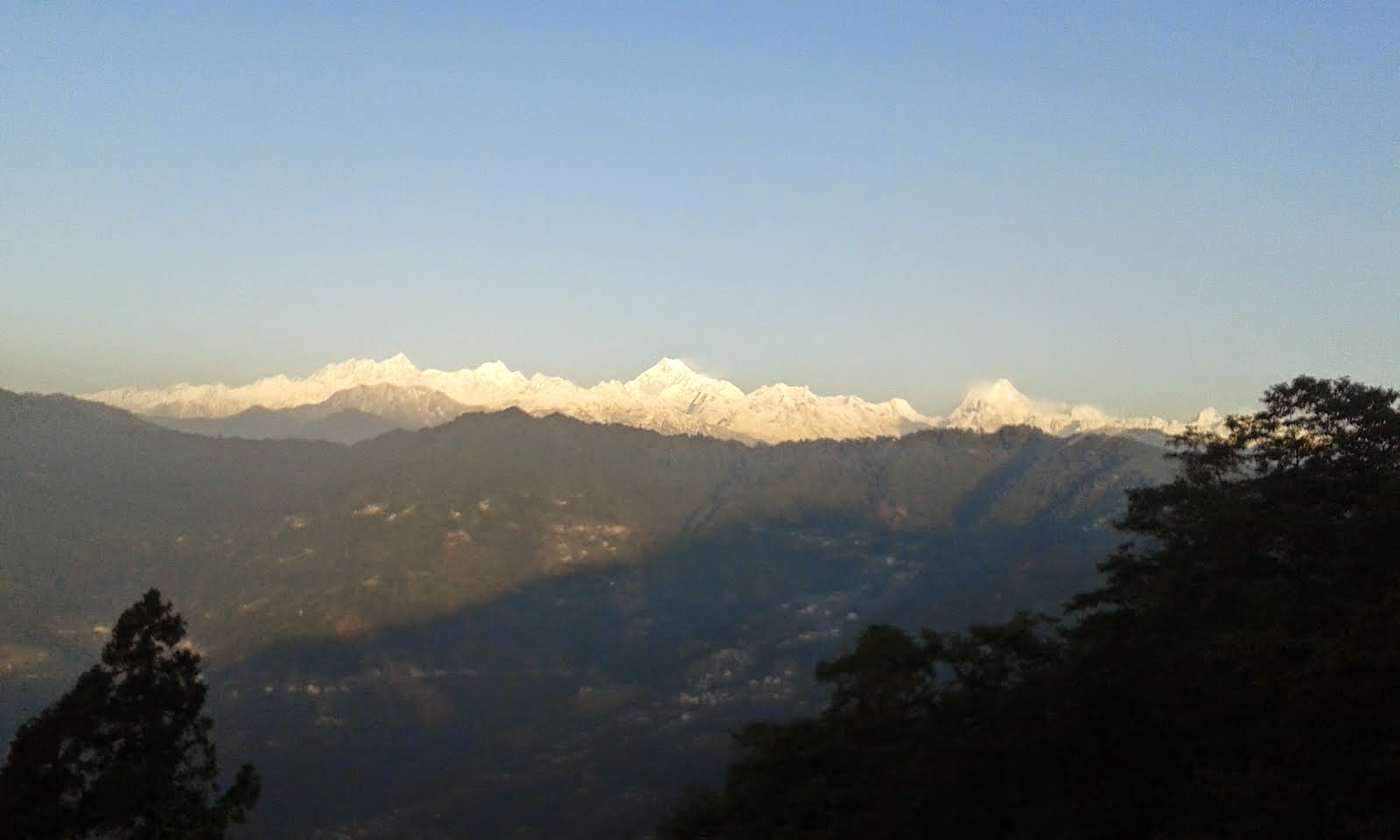
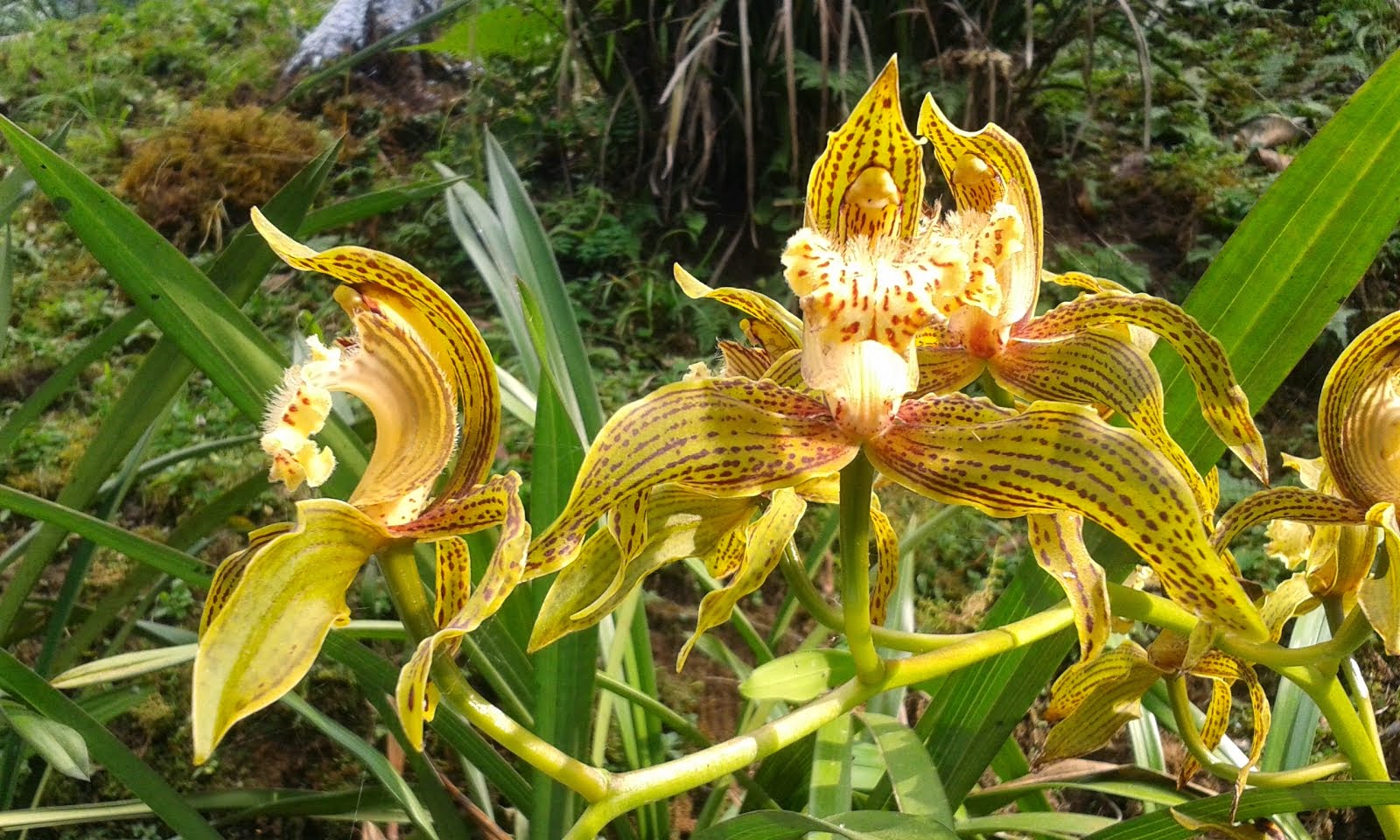
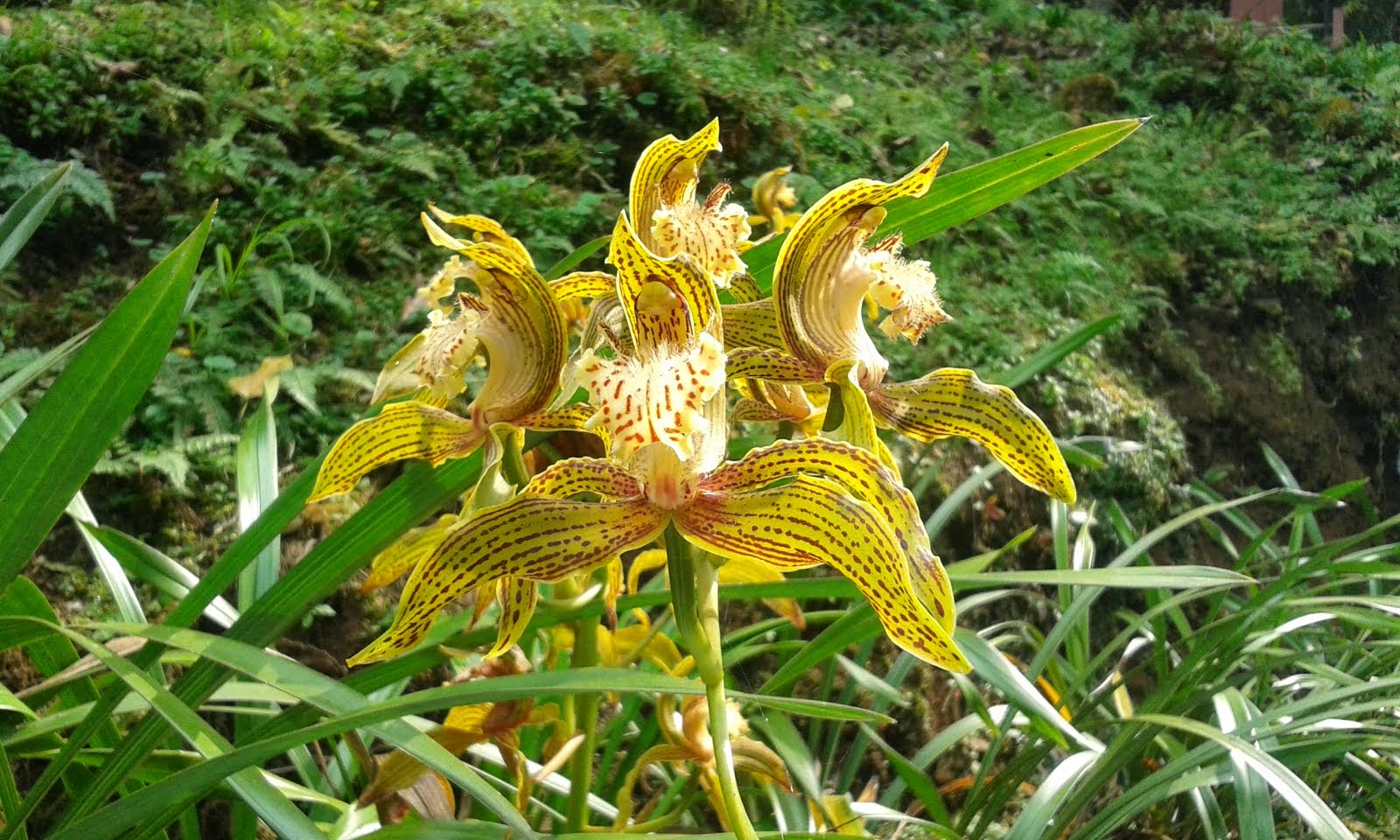

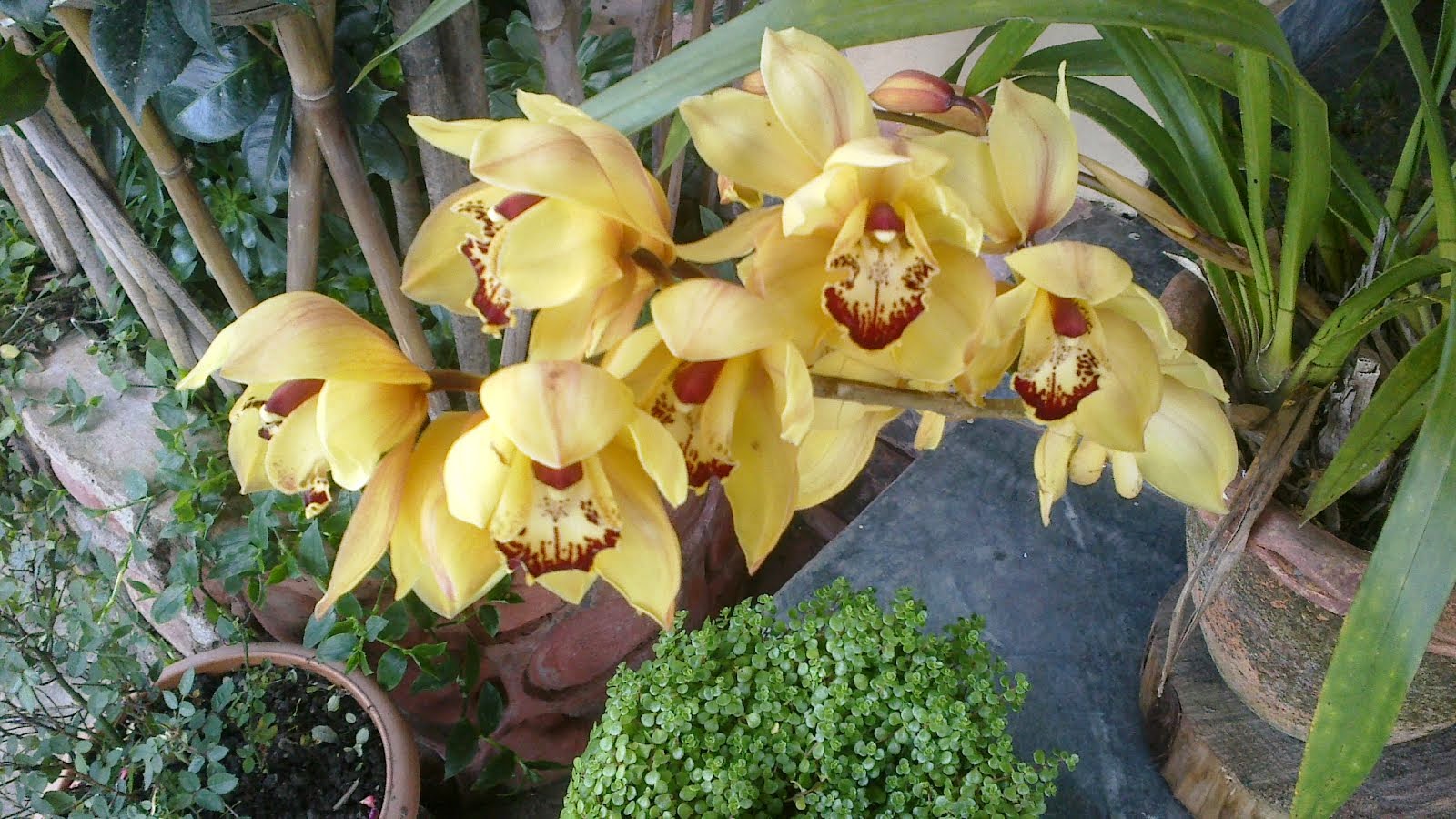

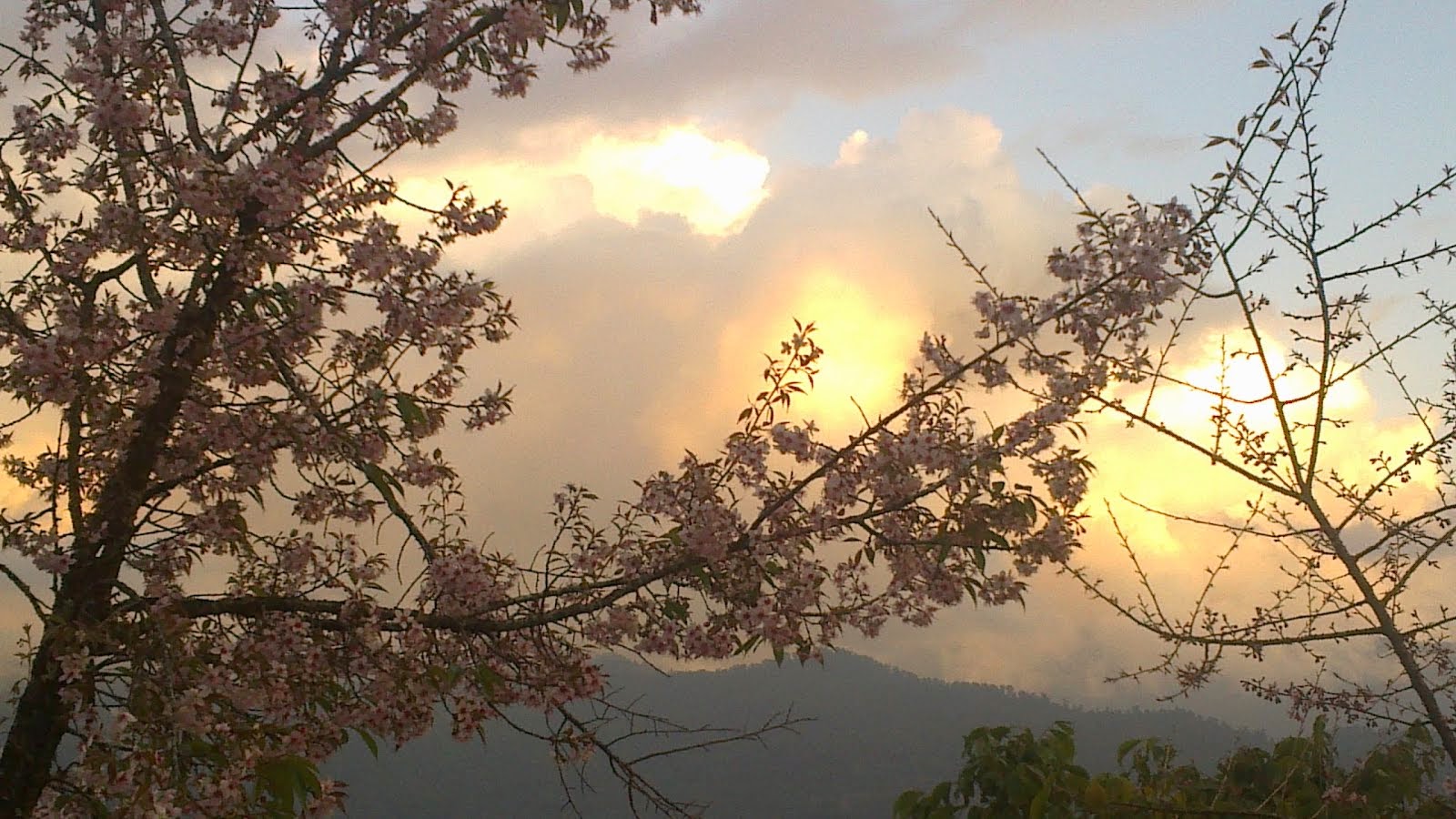
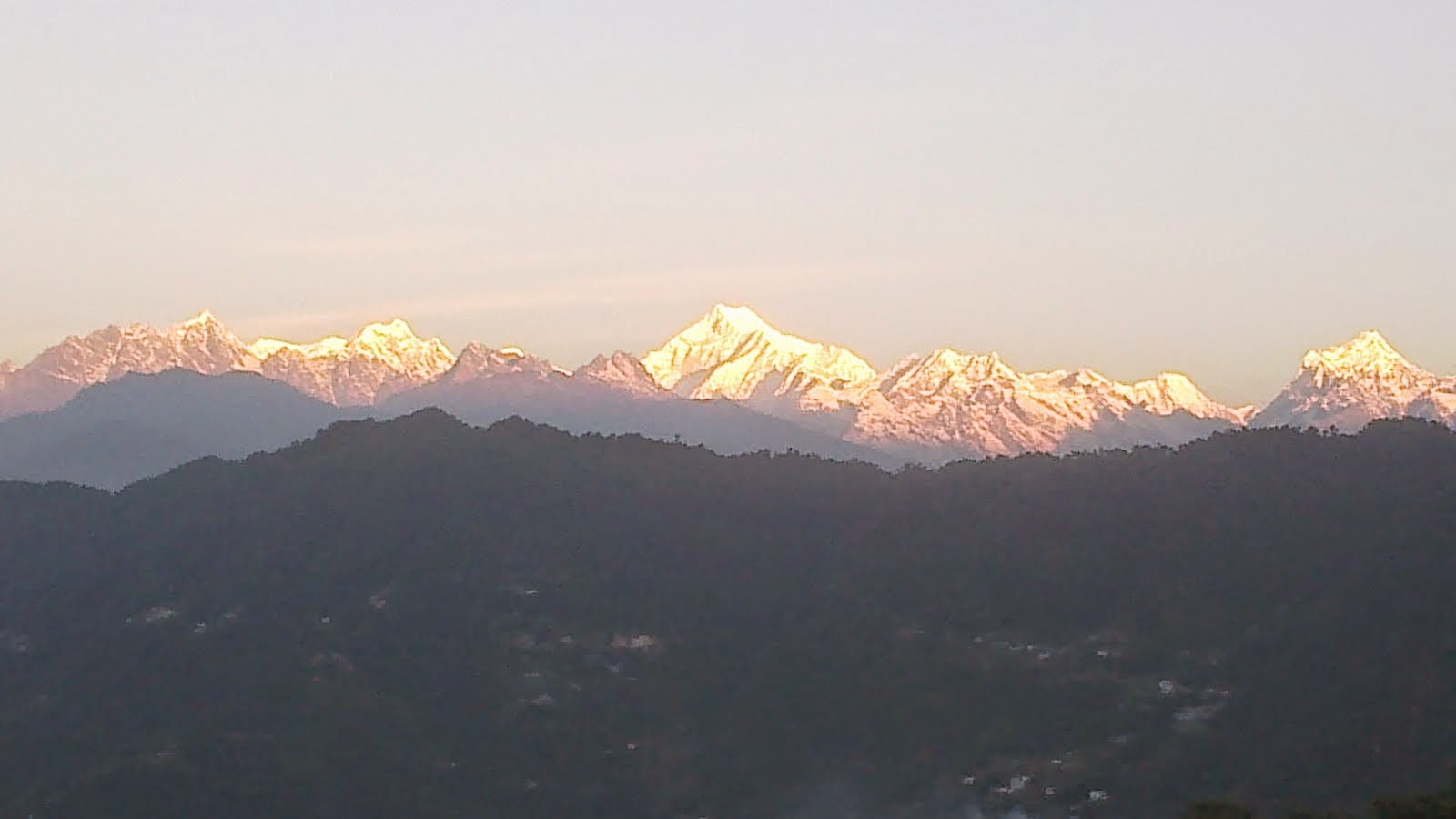
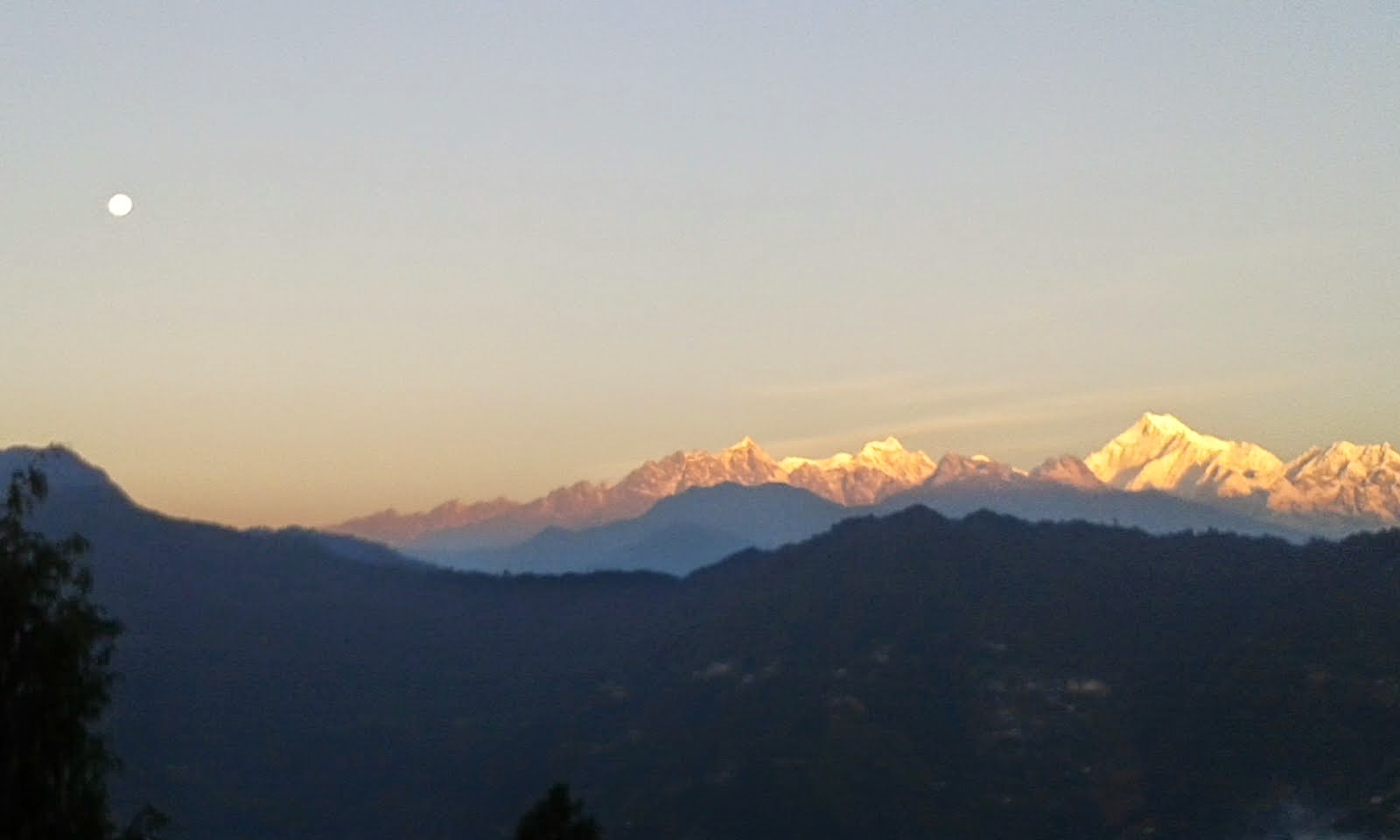
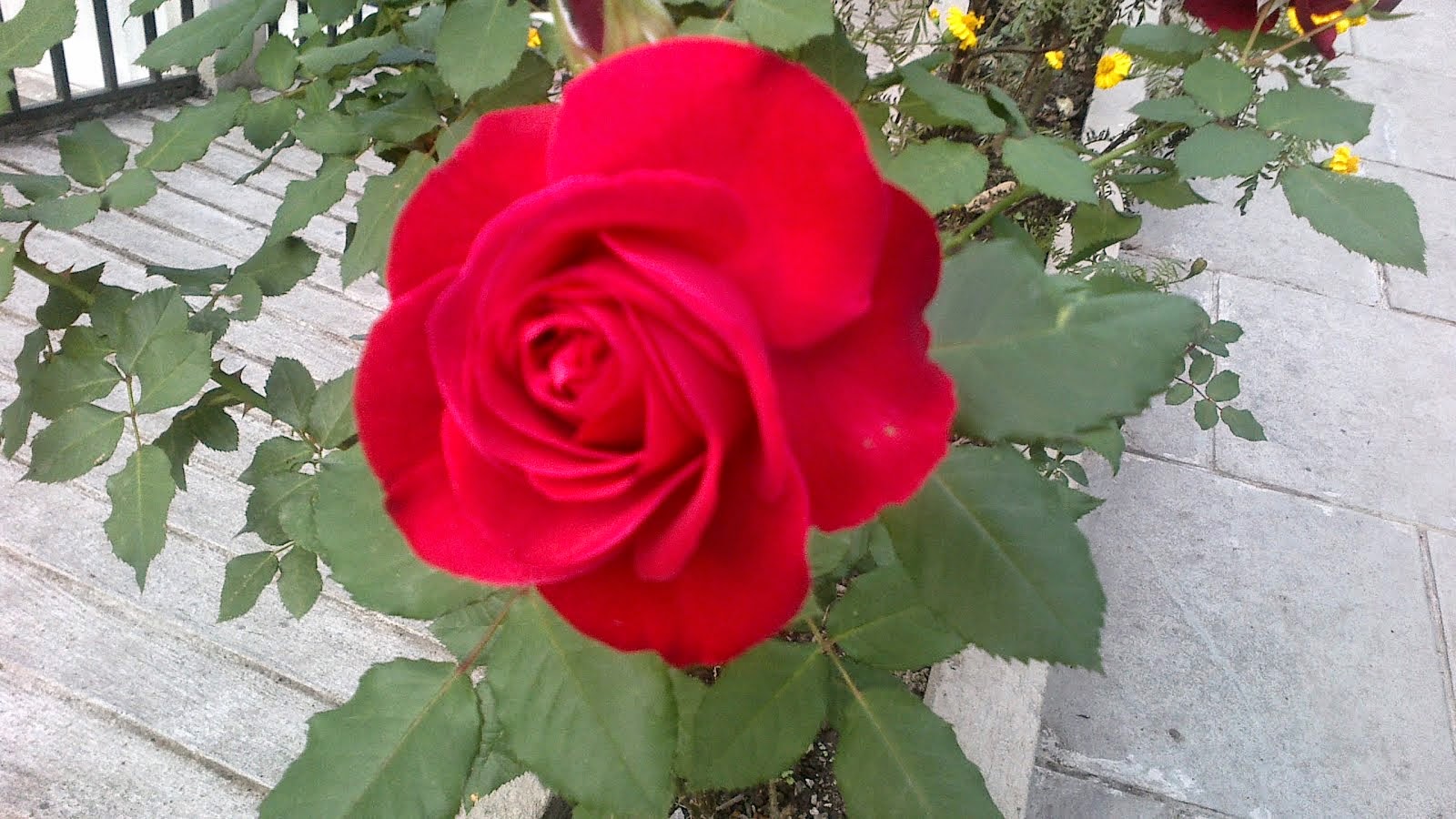

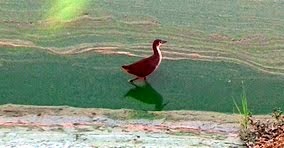
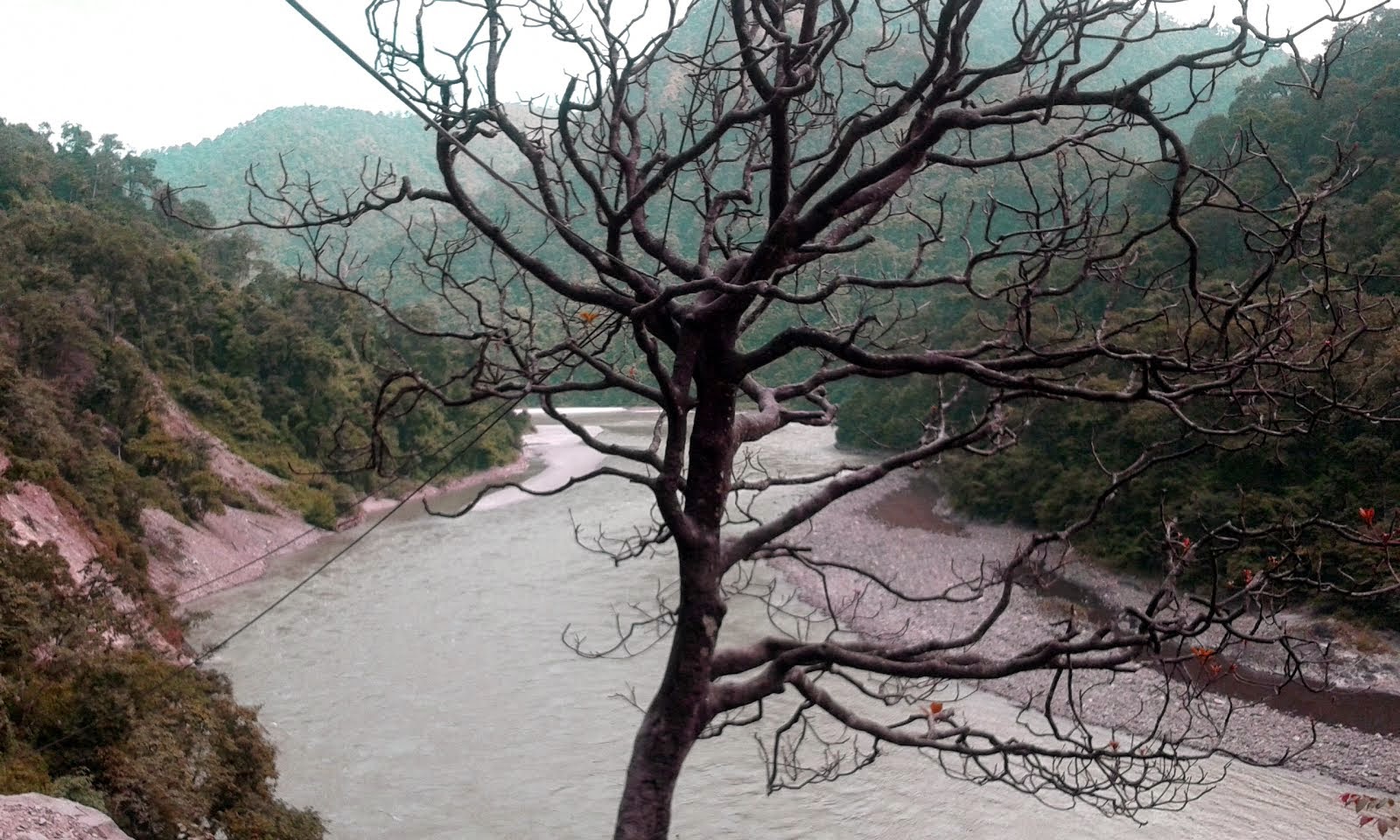

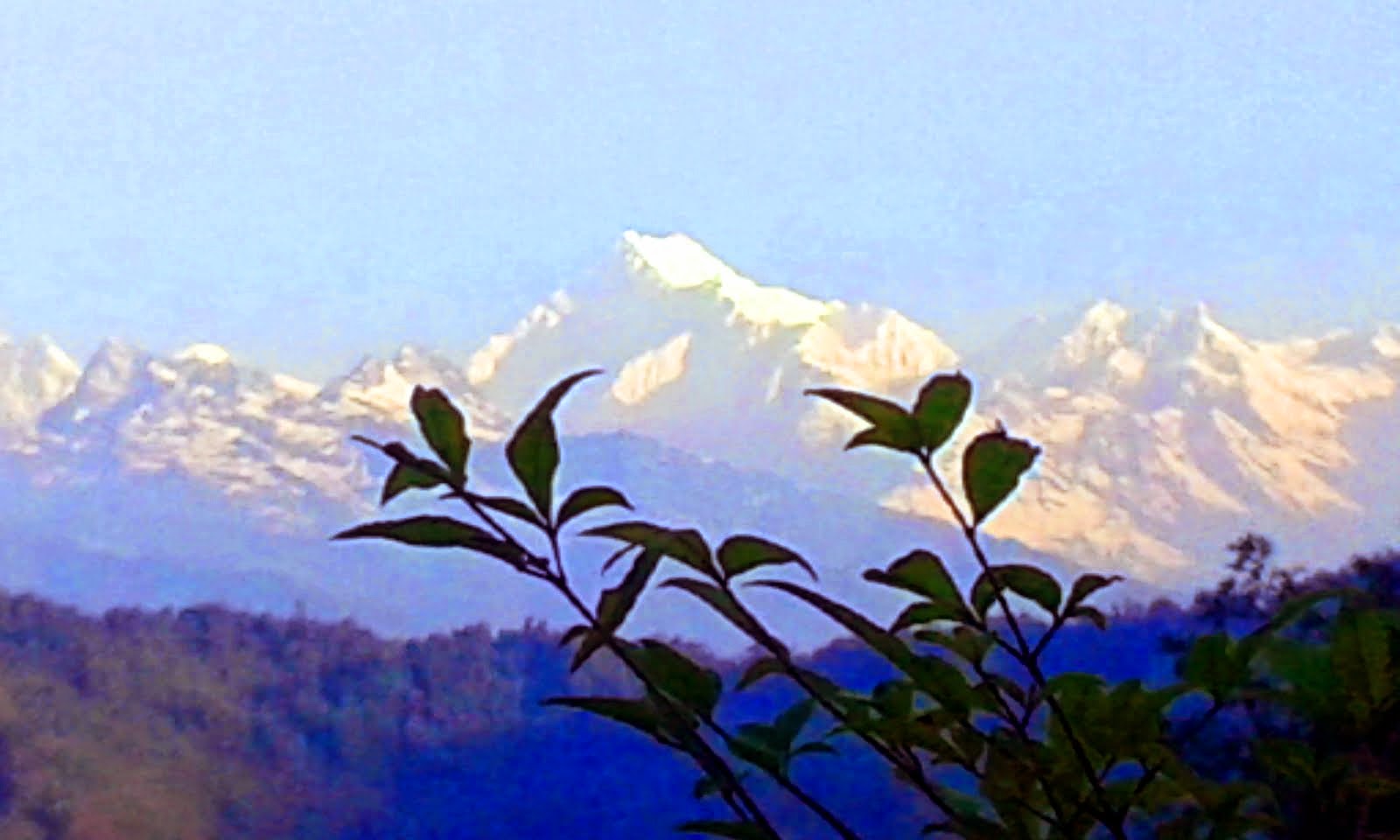
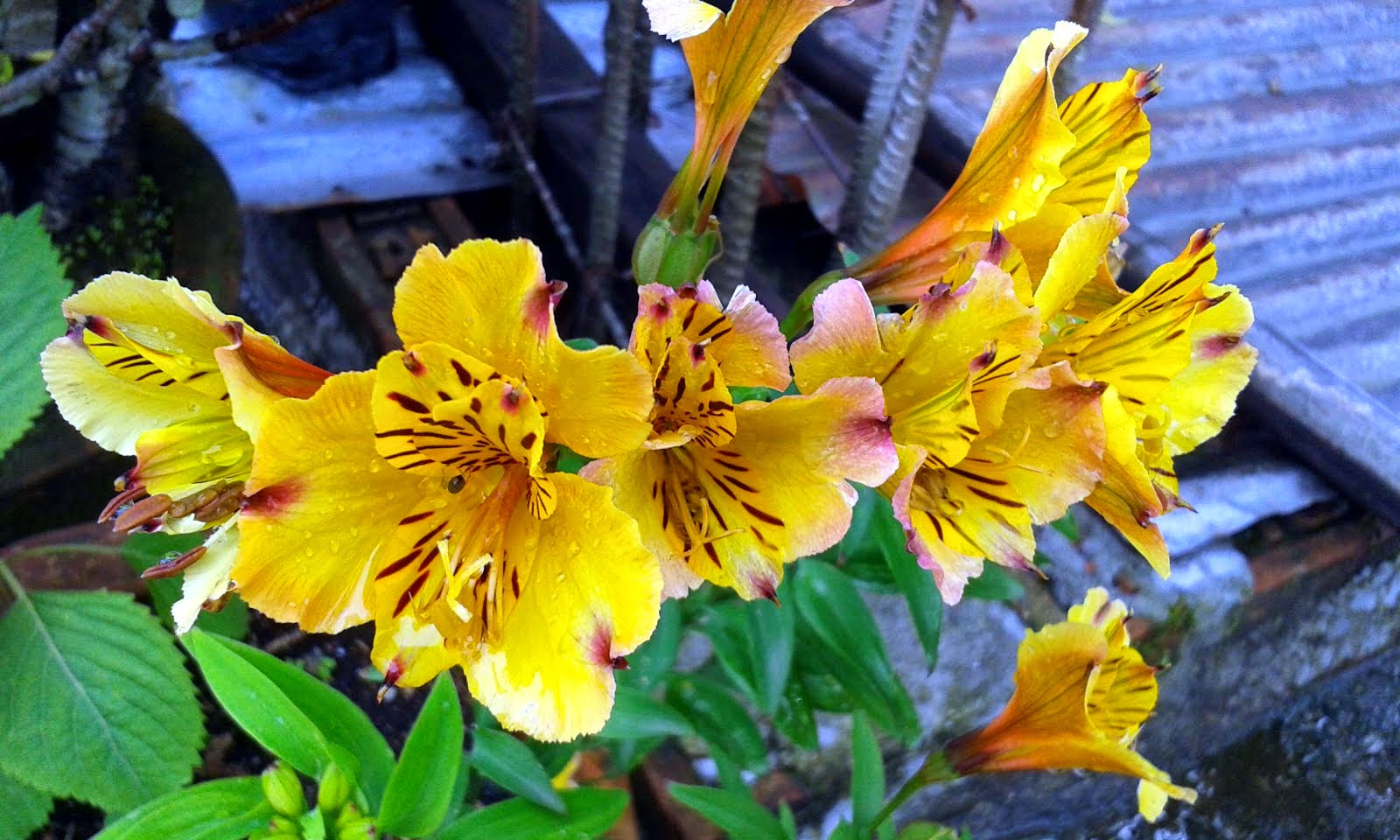
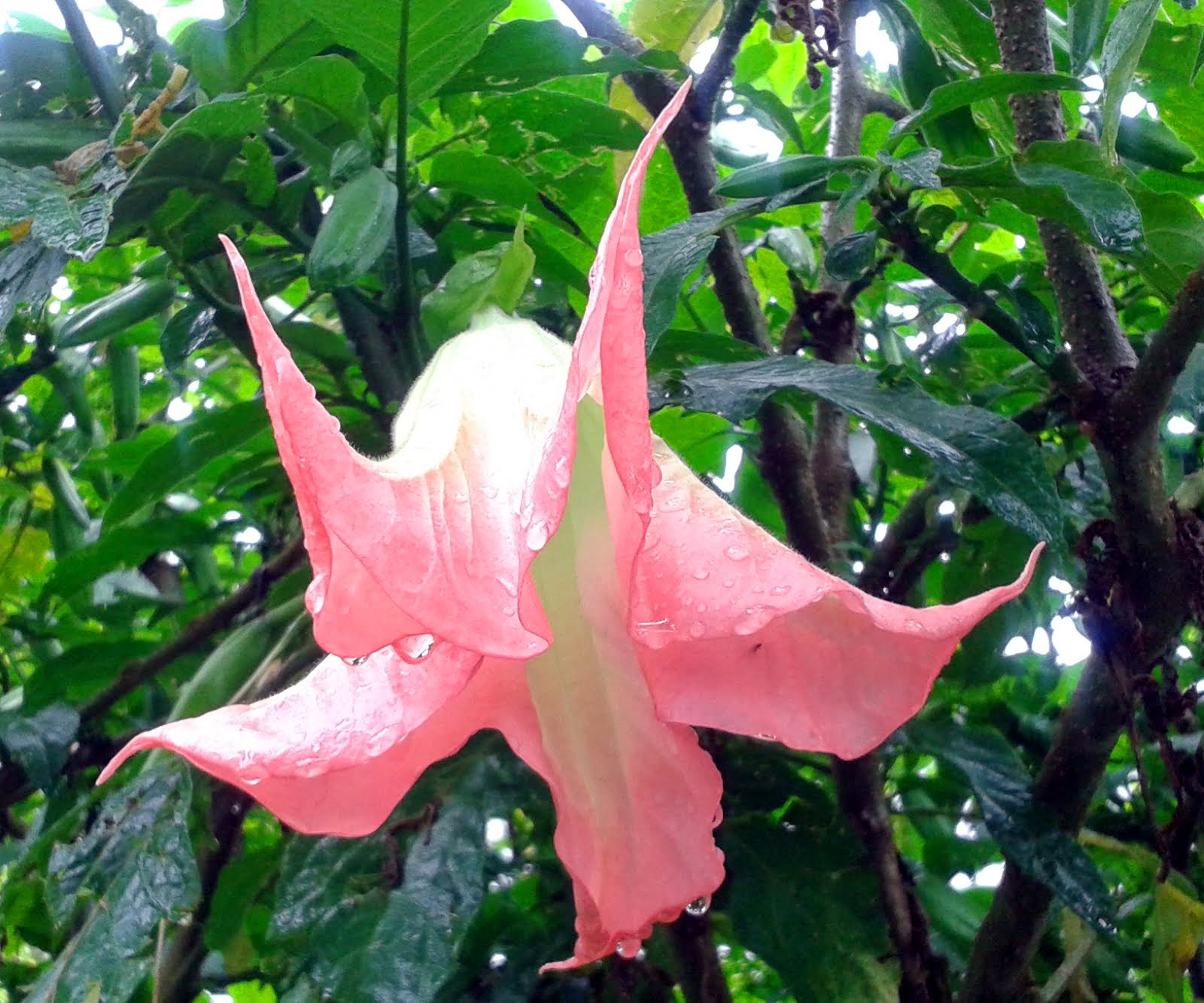
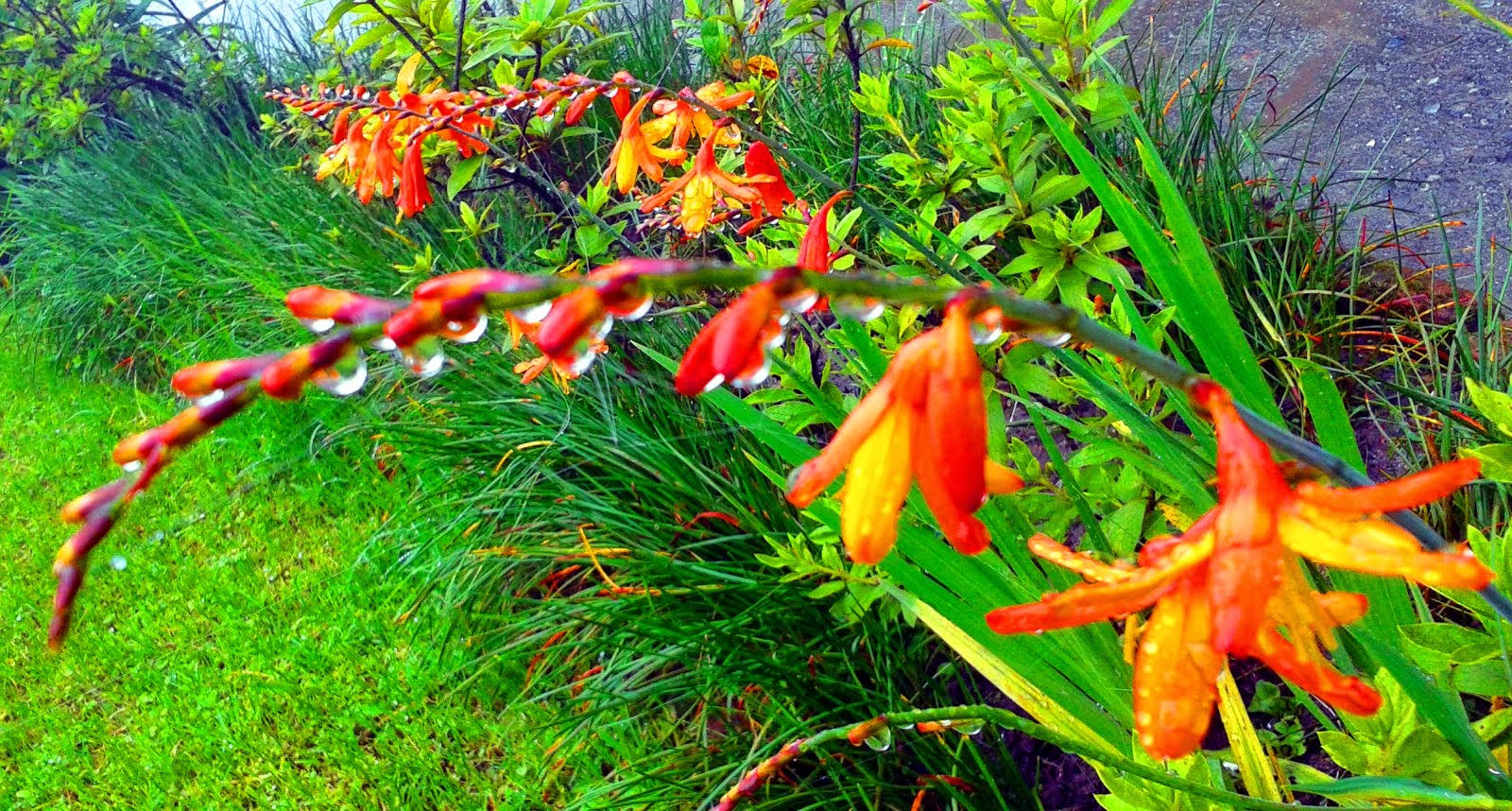



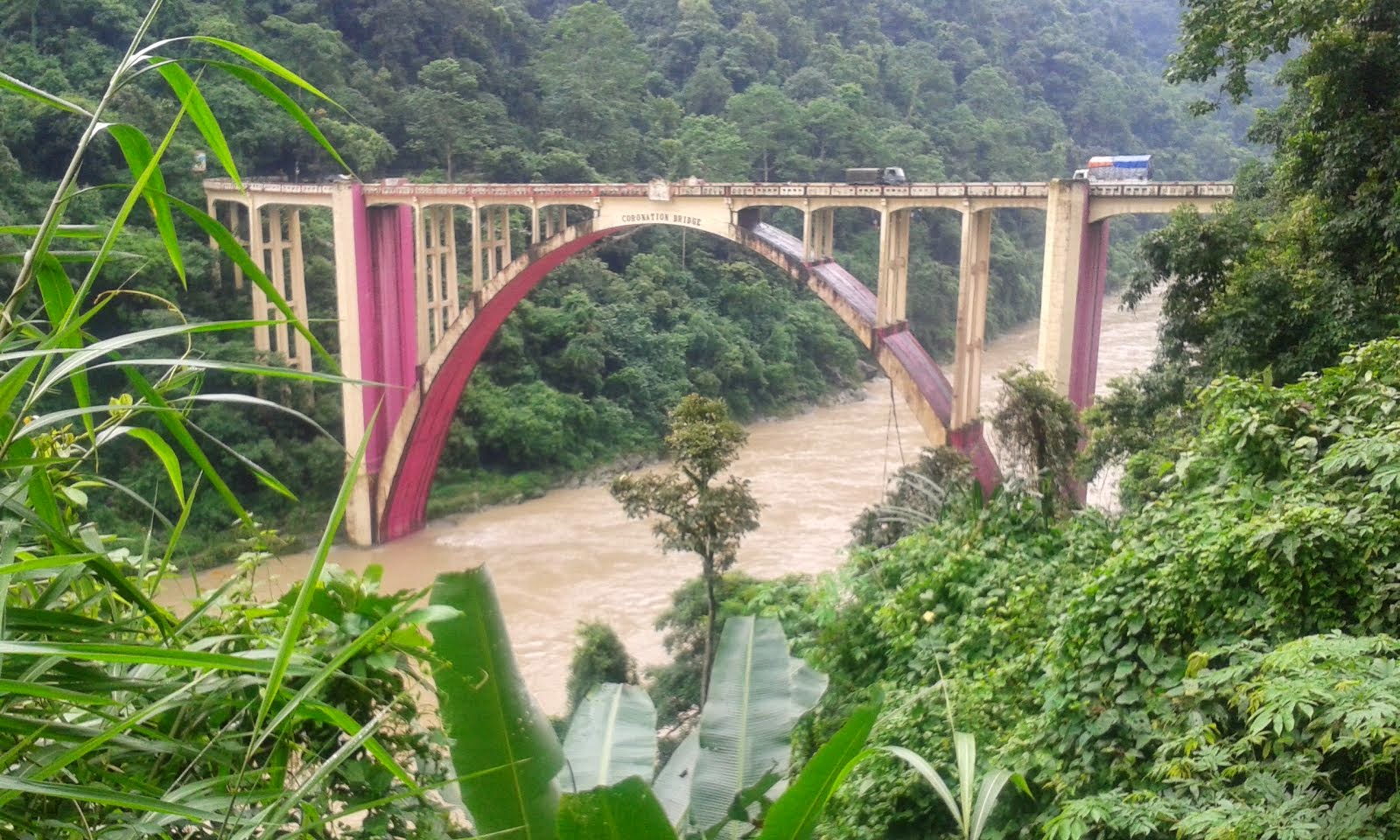
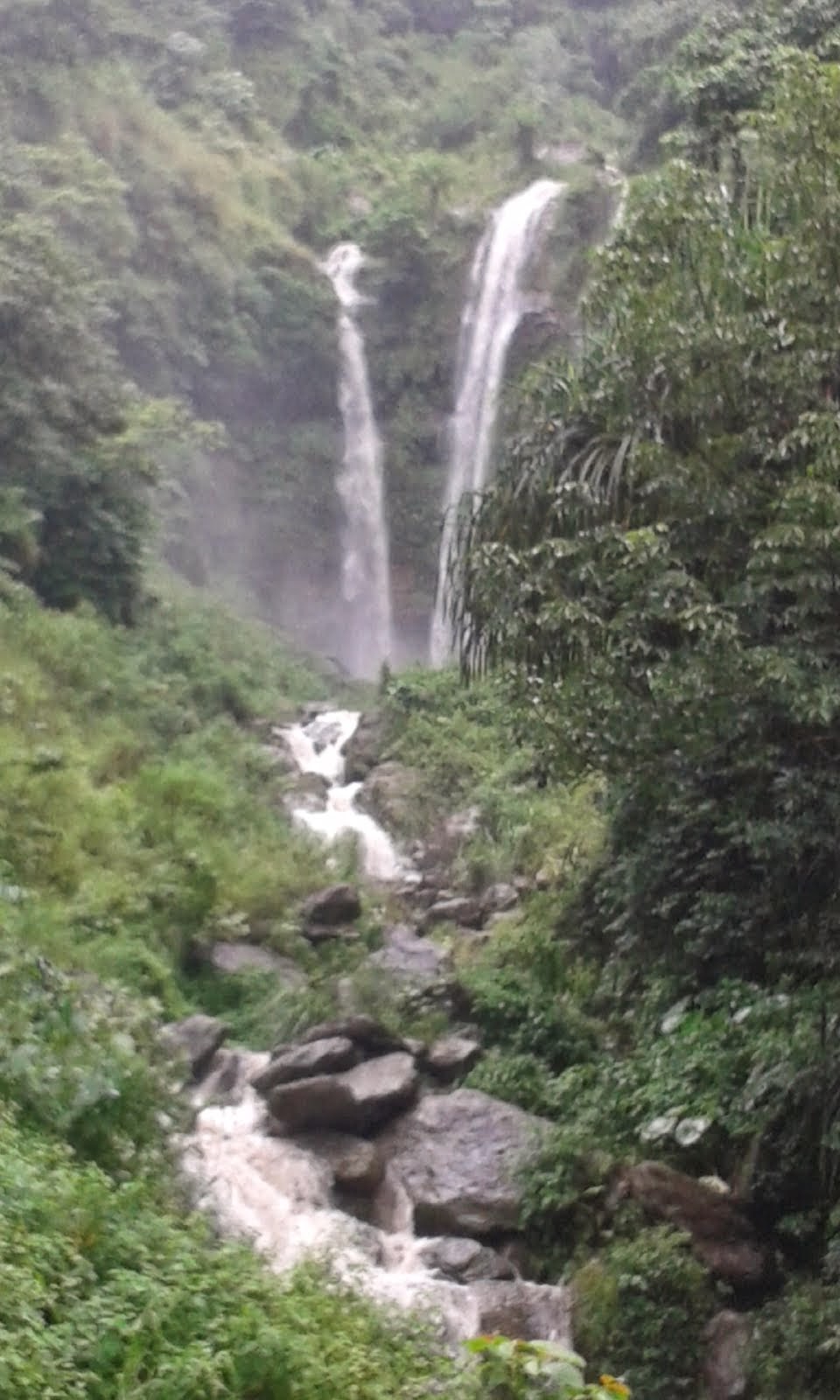
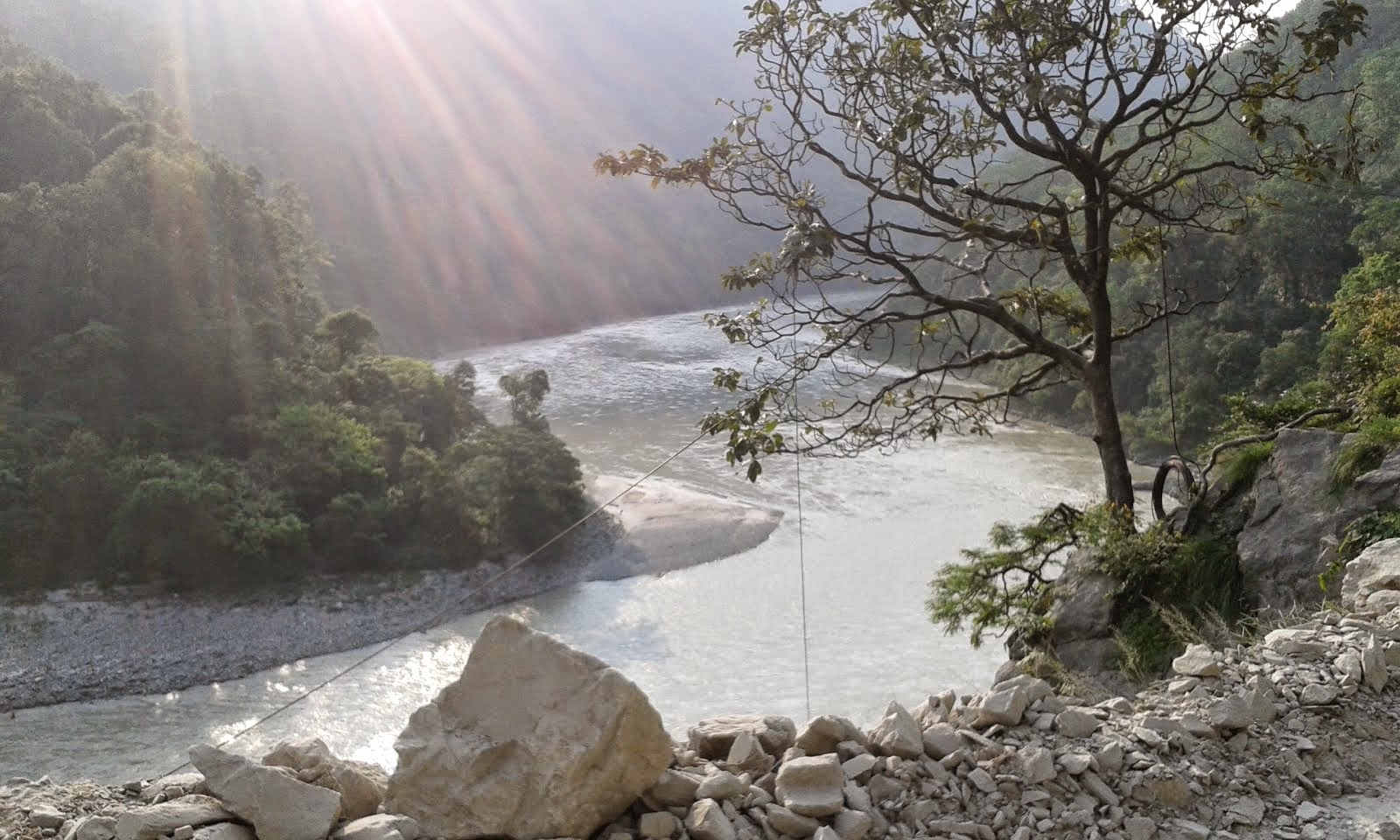
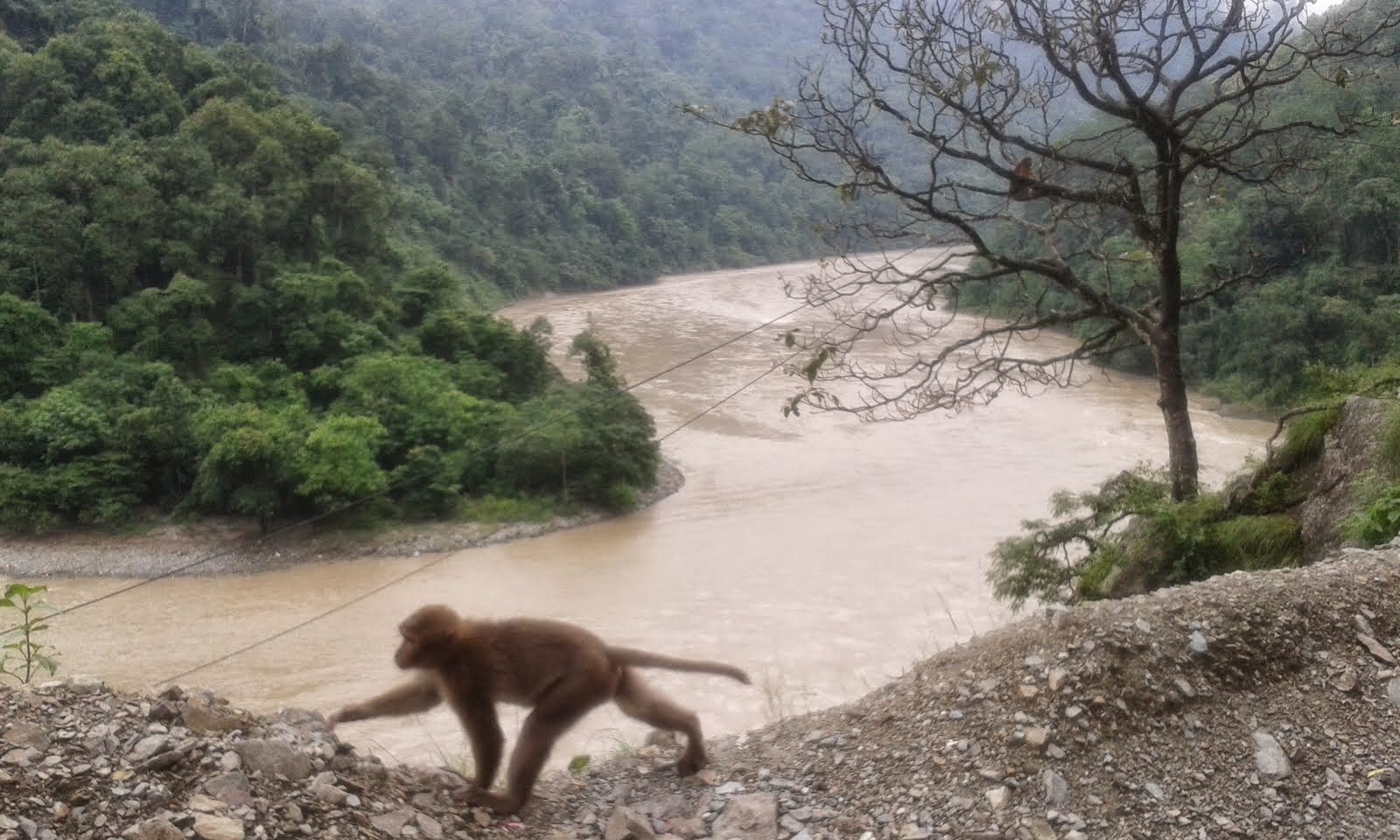



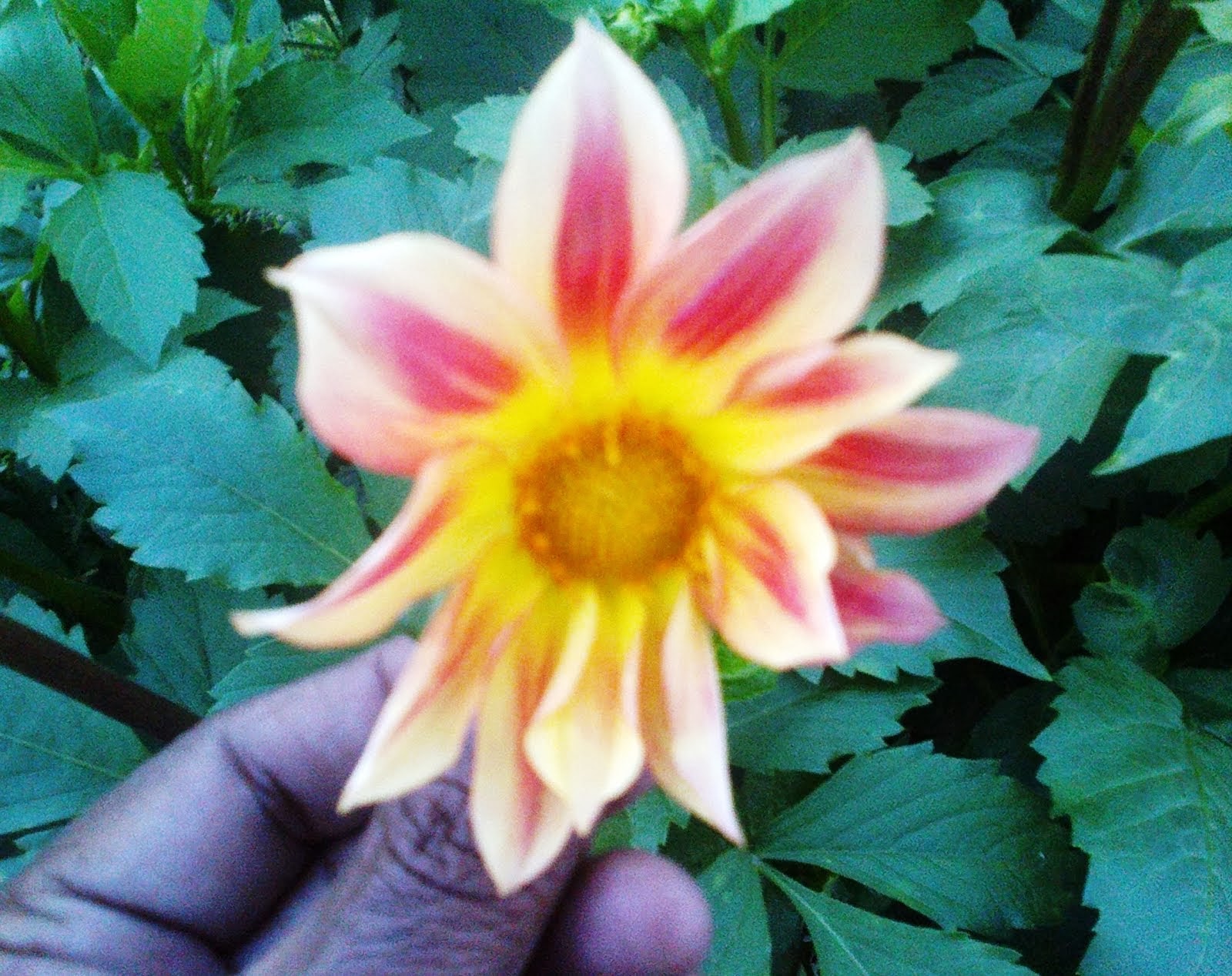
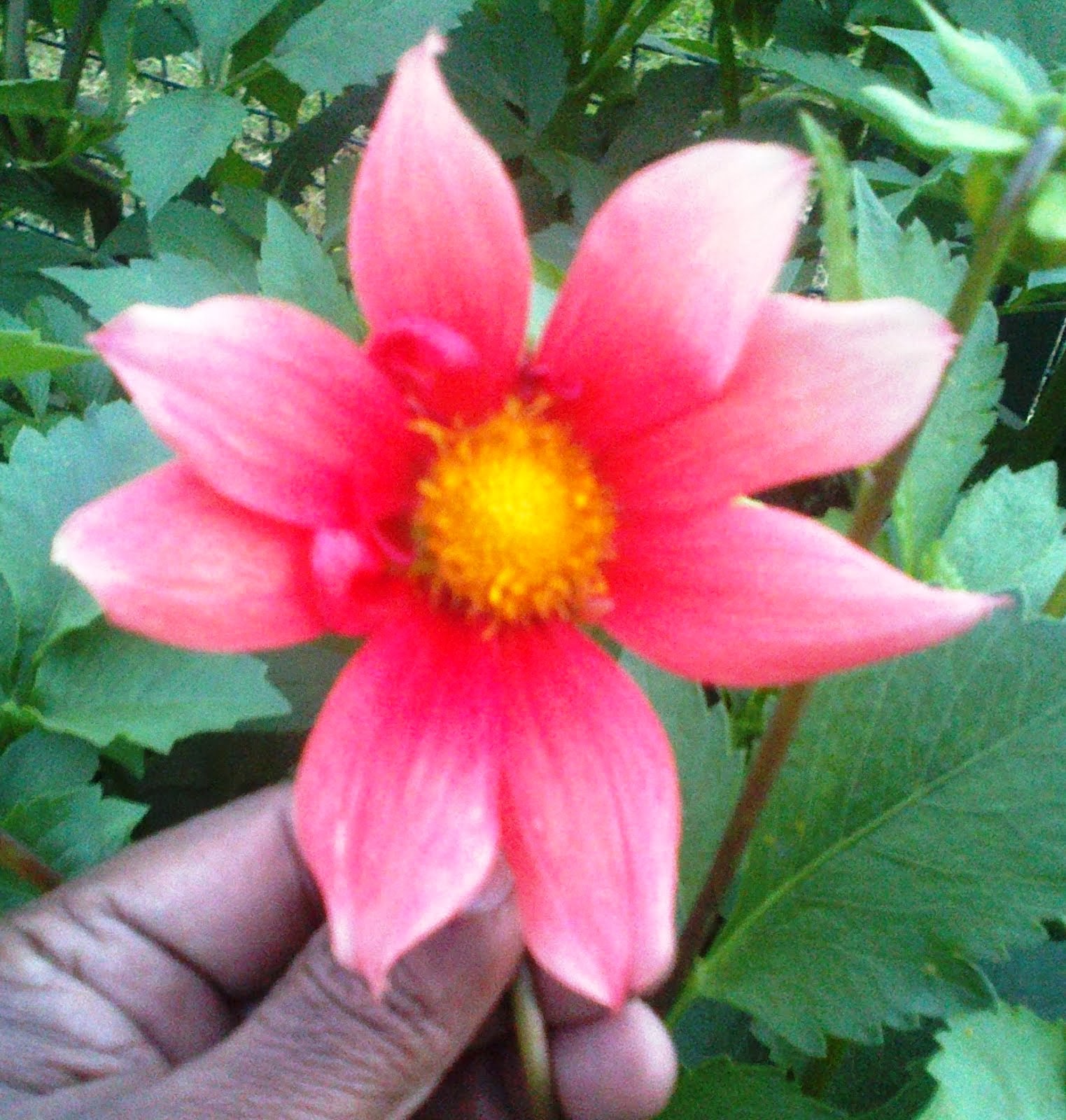

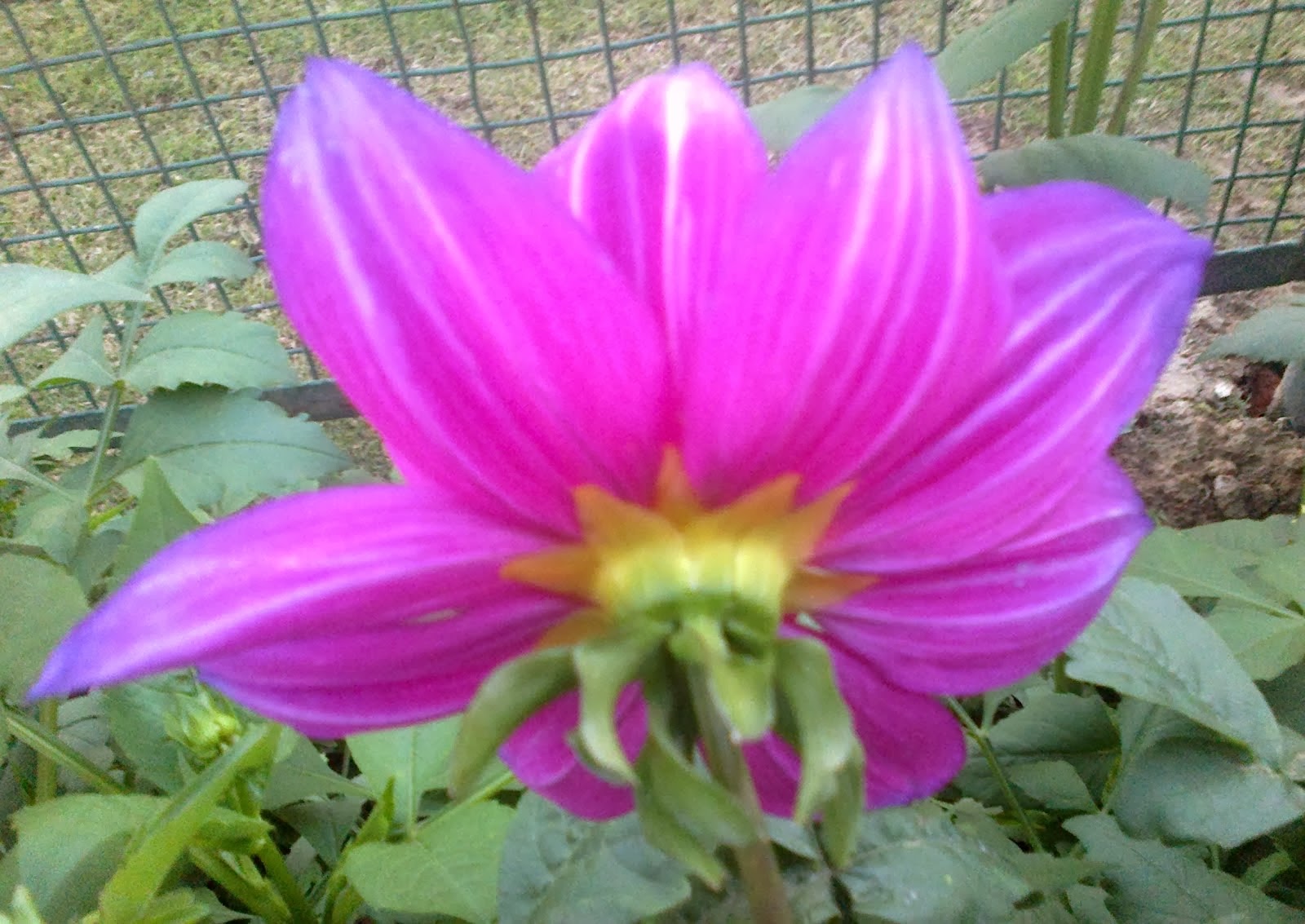

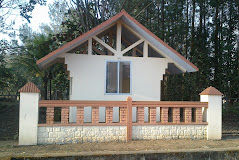















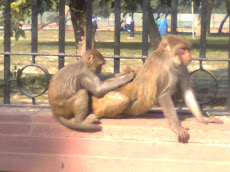
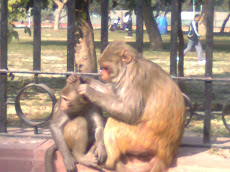

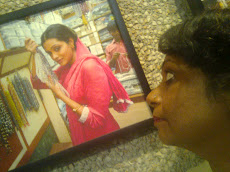
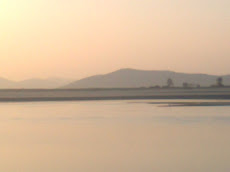
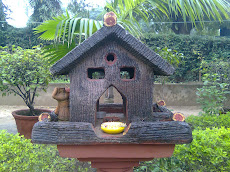

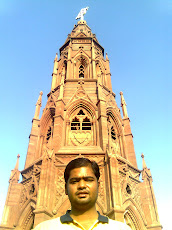
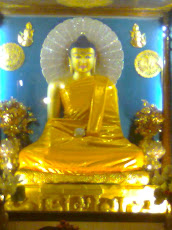
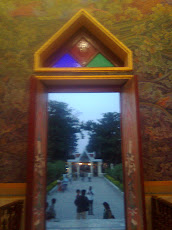
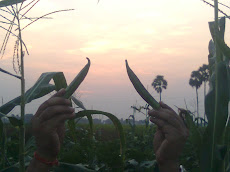
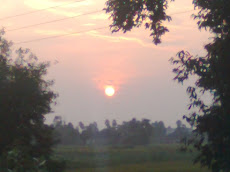
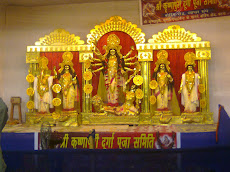
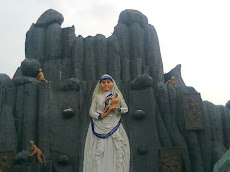
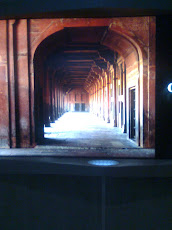


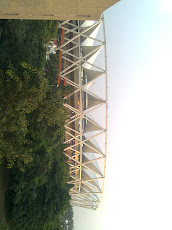

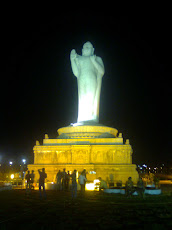
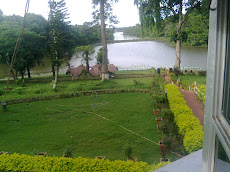
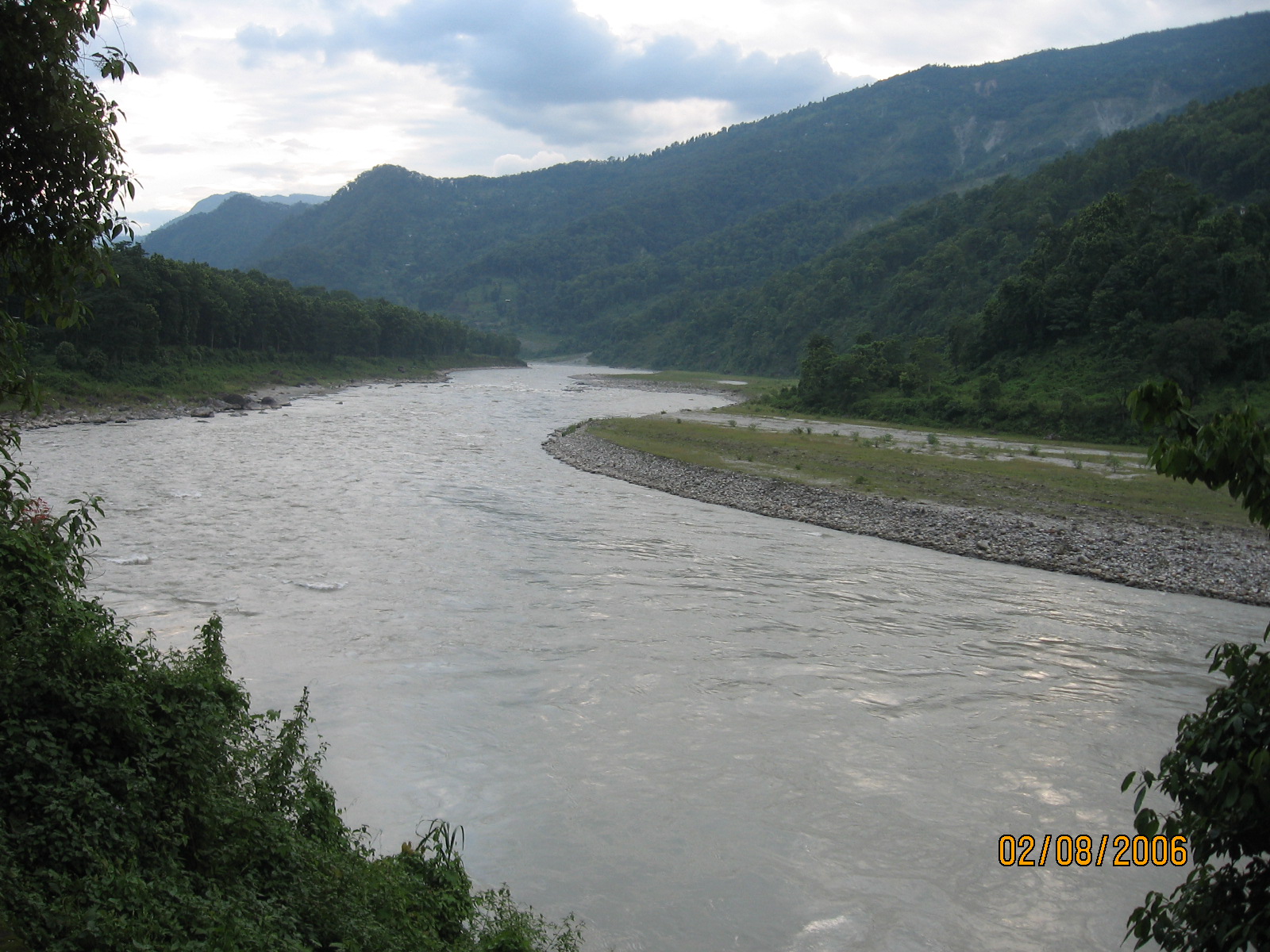


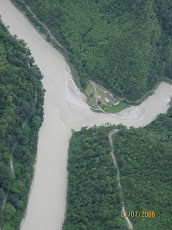

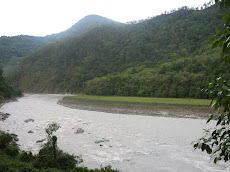


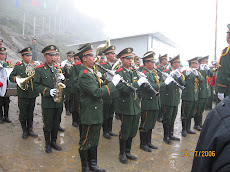


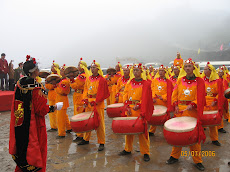
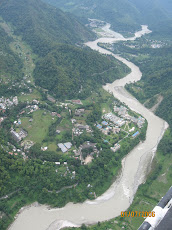
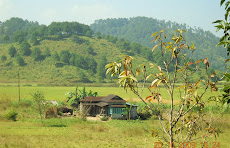
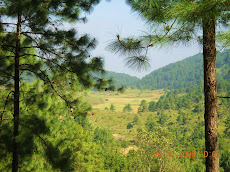
.jpg)


